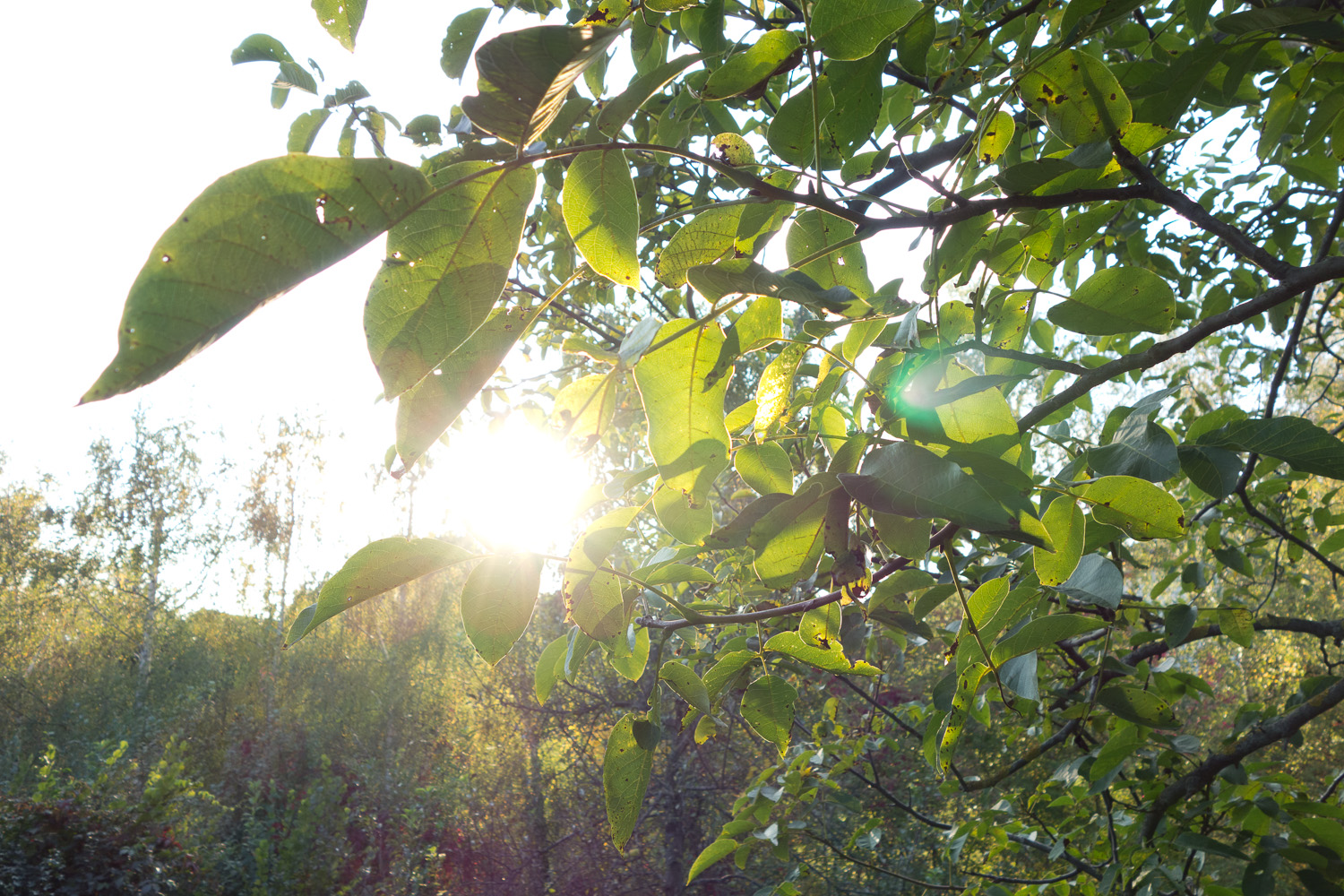 SONY DSC-RX100 (10.4mm, f/4, 1/100 sec, ISO125)
SONY DSC-RX100 (10.4mm, f/4, 1/100 sec, ISO125)
4. Image quality: ( click on each image to see it’s 1500 pixel version )
Today there is no 150MP full frame camera. Even the 36MP sensor of the Nikon D800 is considered too much for most of the lenses. You need the best lenses and technique to make the camera shine. The RX100 sensor scaled up would result in a 150 MegaPixel full frame camera so it needs a very good lens and good technique to get most out of it.
If you are impressed by that figure: Every compact camera with a small sensor has an even higher pixel density and a smartphone has more than that. Think about 500MP+ in full frame terms here. But we know the result: Fuzzy images even at base ISO. No real per pixel sharpness and really poor results at higher ISOs. With the RX100 you don’t have these problems and the reason is pixel density again. Compared to an ordinary compact the sensor is 3 to 4 times bigger. The 20MP sensor becomes a 5 to 6MP compact camera sensor. And that’s an ultra low pixel density by todays compact camera standards and the main reason why it outshines all other compact cameras.
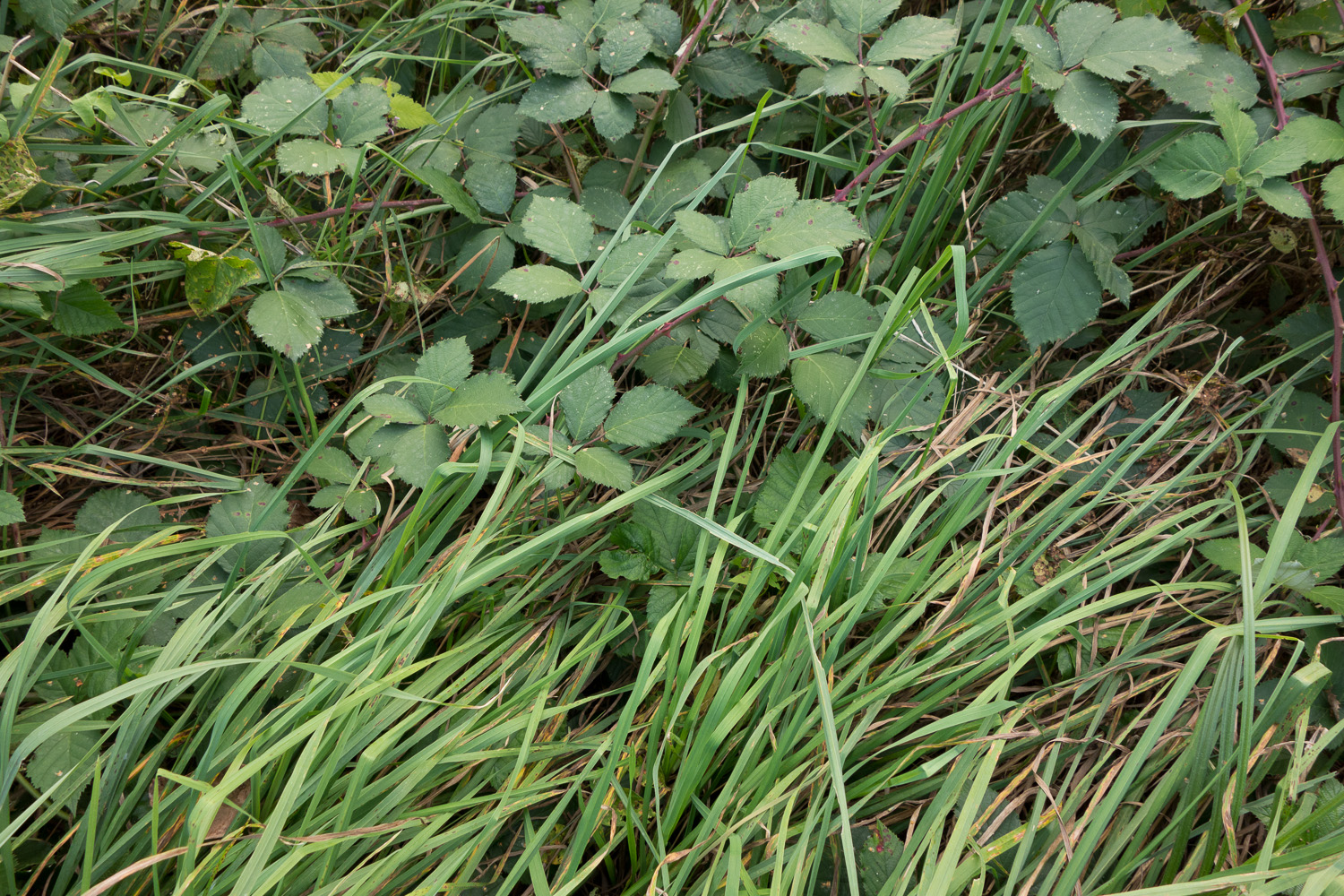 SONY DSC-RX100 (10.4mm, f/5.6, 1/30 sec, ISO250)
SONY DSC-RX100 (10.4mm, f/5.6, 1/30 sec, ISO250)
First test images are often boring because you need to get home first to load the battery and then it’s to late to go somewhere to take more interesting shots. It’s the same here but above shot is a good example of what you can expect in good light. Here is a center crop:
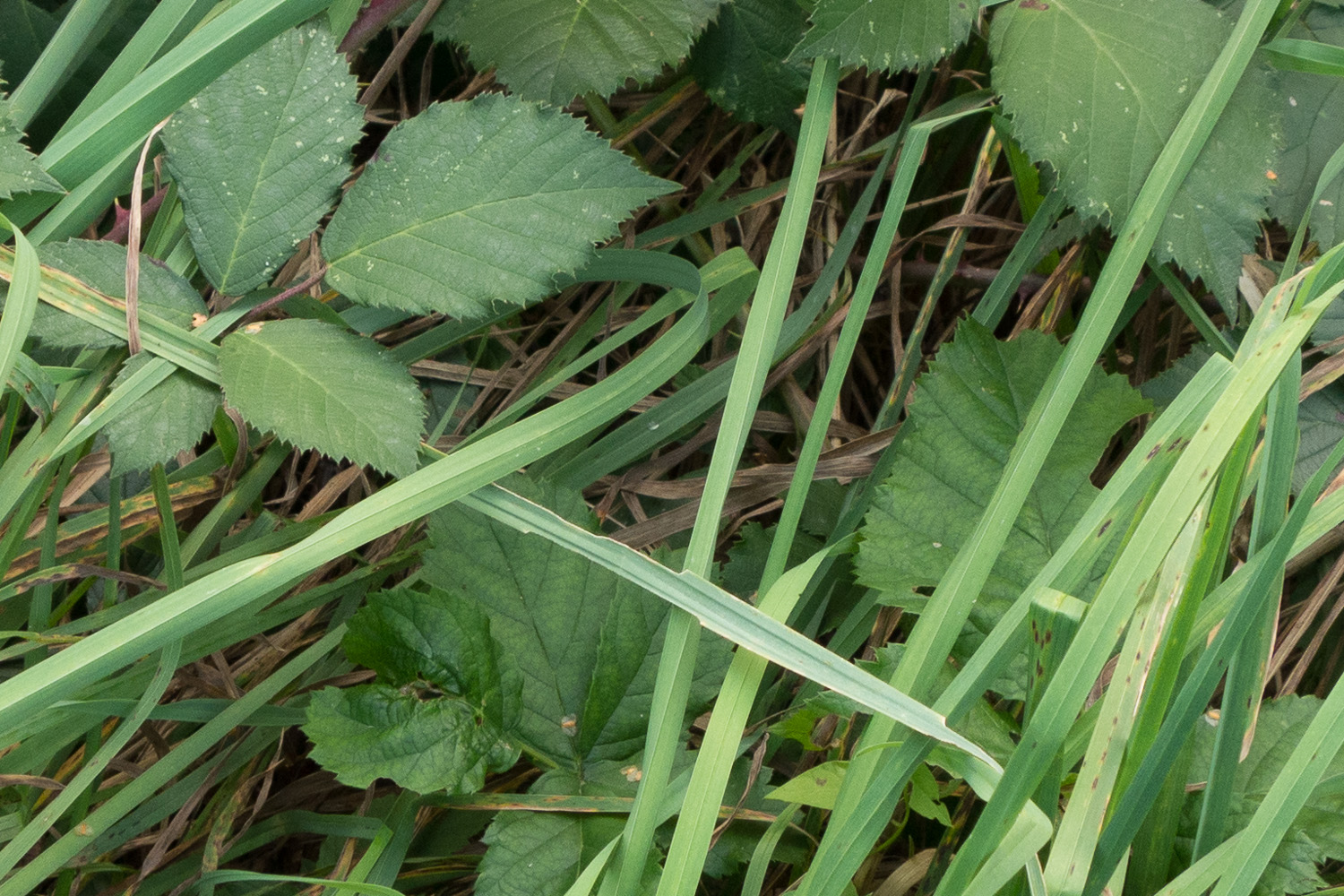 SONY DSC-RX100 (10.4mm, f/5.6, 1/30 sec, ISO250)
SONY DSC-RX100 (10.4mm, f/5.6, 1/30 sec, ISO250)
The first two images, as boring as the are, show two strengths of the RX100:
- incredible high resolution
- it’s very good dynamic range
Of course the highlights are clipped in the first image but that’s no wonder: I shot directly into the sun and used a +1.7 stop exposure compensation. I like shooting into the sun and I like how the camera rendered the image. There is a third strength of the RX100 and it’s:
- very good high ISO quality
This is the last test I took at home. I stopped down to f8 to get 3200ASA. It shows that the camera can do great things in good light. There is noise, lot’s of it but there is almost no smearing if you shoot RAW.
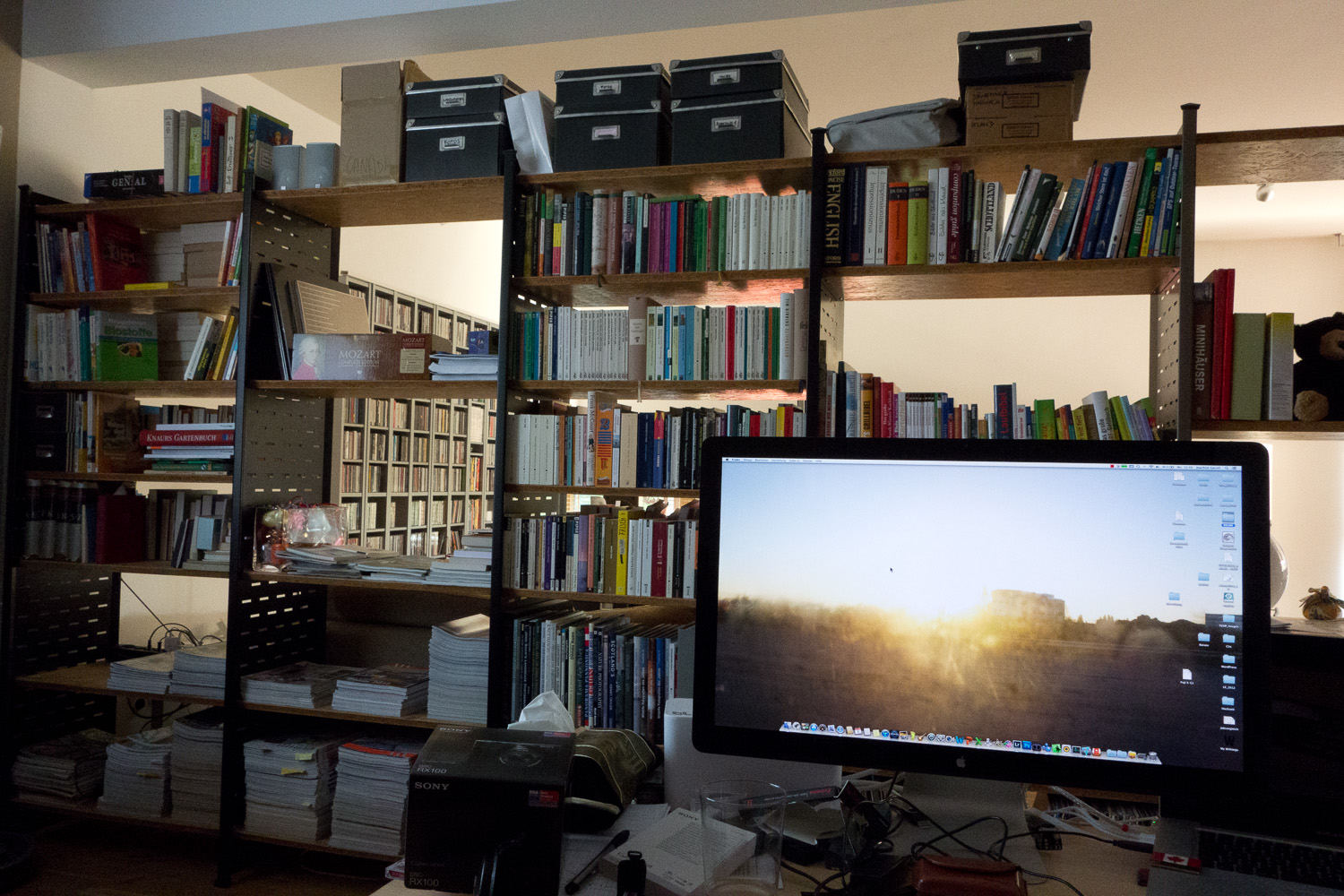 SONY DSC-RX100 (10.4mm, f/8, 1/25 sec, ISO3200)
SONY DSC-RX100 (10.4mm, f/8, 1/25 sec, ISO3200)
RAW vs JPEG:
How does it work in JPEG? To be honest I don’t know and I don’t care. I have changed to RAW in 2003 and never looked back. Even with vastly improved JPEG engines there is no reason for me to switch back. Trowing away information in camera makes no sense to me. I never use JPEG on my Fuji X100 and I will not use it in the RX100 either except for Panoramas ( because I have to ).
Lightroom, fast computers and cheap storage mean that there is no reason to use a format that compromises image quality and reduces the chance to get the best out of your shots. Using RAW means: No smearing in high ISO shots caused by the cameras noise reduction, more latitude for shadow or highlight recovery and easier white balance correction without harming image data. The grass was almost blue in the original shot. Shooting RAW means it was a breeze to change it in LR. But in more than 90% of my images I do not change a thing in LR at all. In LR I even can run a slideshow using my RAW files so the only time when I convert a shot to JPEG is when I post it here or send it via email.
Here is the center crop. There is Zero noise reduction in LR. It’s easy to reduce the noise by moving the slider to the right or use an even more advanced software if you don’t like noise. I don’t care about a certain amount of noise if it’s like grain. I just don’t like smeared details. I you don’t like what you see please consider that you are looking at a 3200ASA /20MP file at pixel level! I think it is impressive.
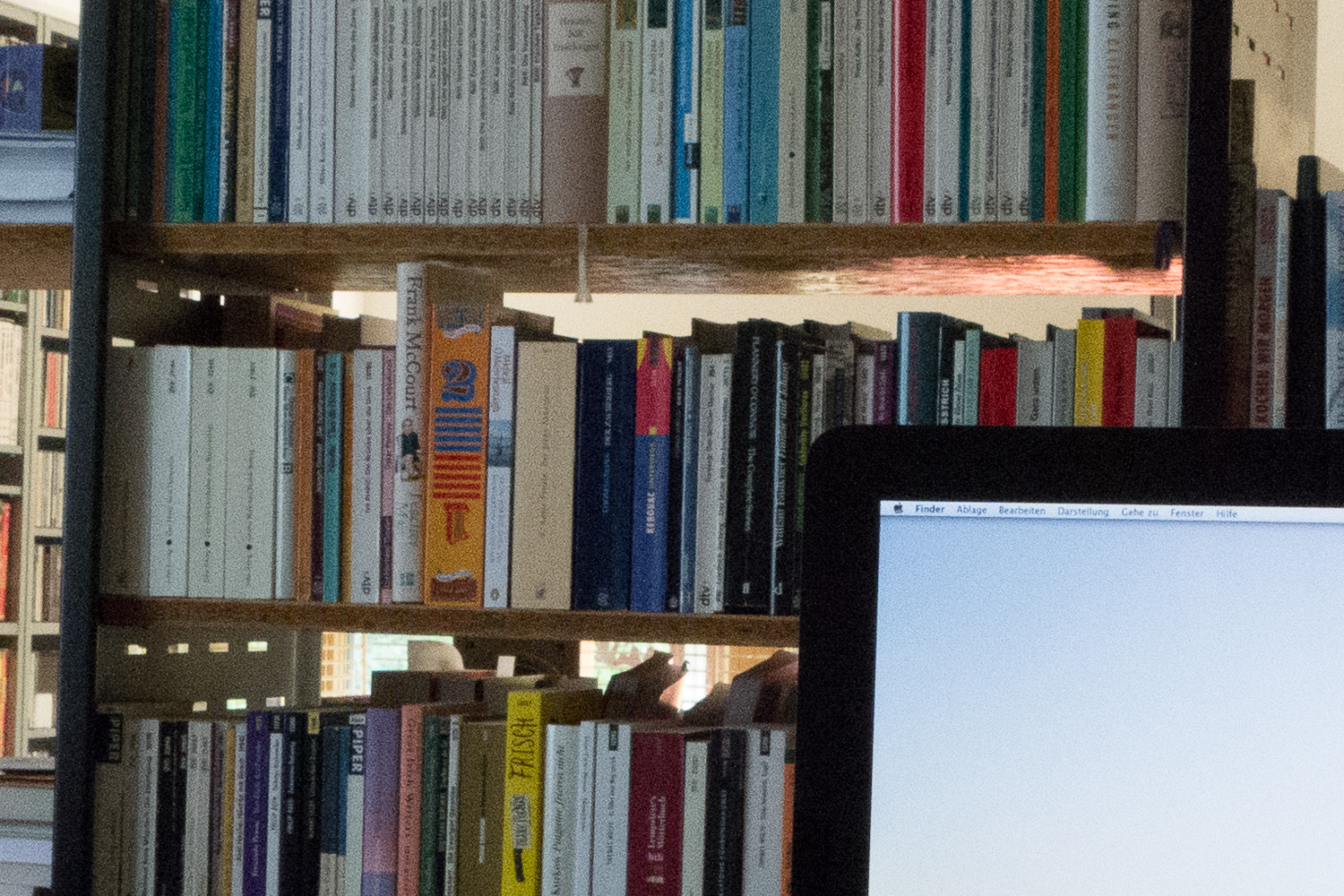 SONY DSC-RX100 (10.4mm, f/8, 1/25 sec, ISO3200)
SONY DSC-RX100 (10.4mm, f/8, 1/25 sec, ISO3200)
Enough test shots. The next day I went to the natural history museum ( Vienna ) to do some real low light shooting and compare the RX100 to my Fuji X100 ( you can find my article about my 2nd museum visit with my X100 a couple of post before because I went there just about 3 weeks before. My memory was still fresh so I did not bring my X100 to concentrate on the RX100. When I was there I found out that it was closed.
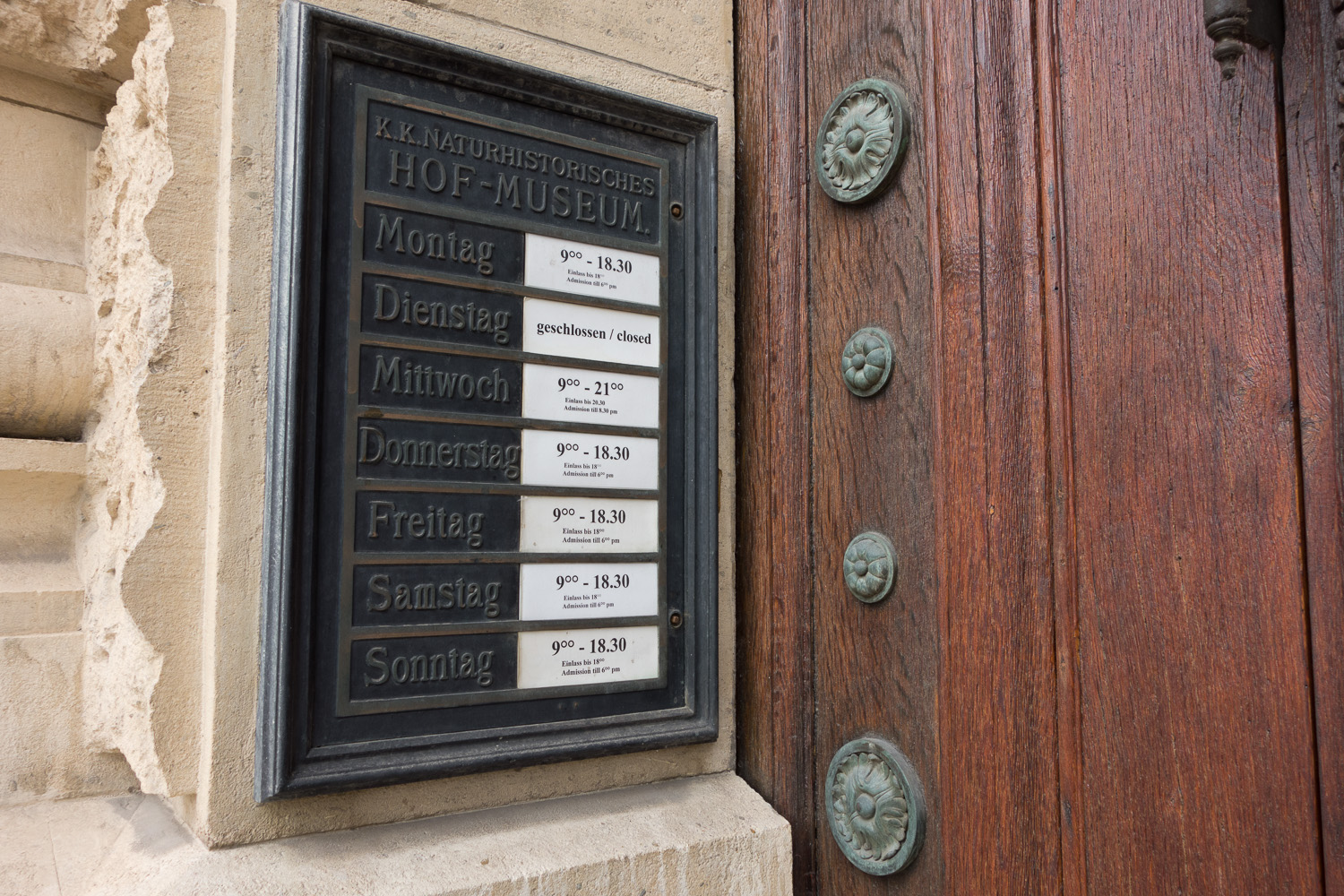 SONY DSC-RX100 (10.4mm, f/5.6, 1/100 sec, ISO125)
SONY DSC-RX100 (10.4mm, f/5.6, 1/100 sec, ISO125)
As it was still early in the morning it’s twin museum ( history of art ) was closed too so I went to St. Stephens Cathedral to take first indoor shots.
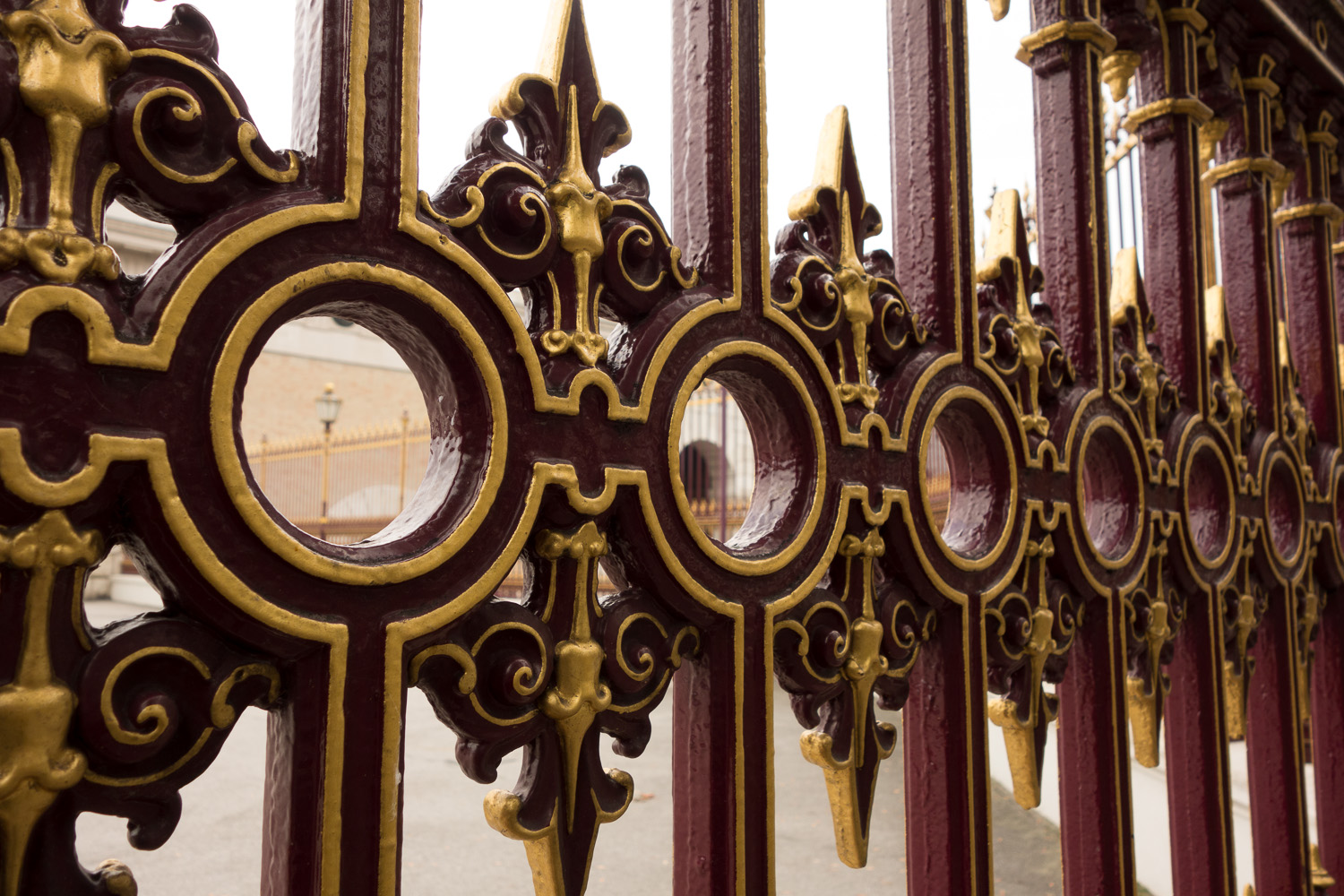 SONY DSC-RX100 (10.4mm, f/5, 1/100 sec, ISO125)
SONY DSC-RX100 (10.4mm, f/5, 1/100 sec, ISO125)
There is another advantage of the RX100’s bigger sensor:
- shallower depth of field ( DOF )
It’s there and most obvious if the subject is rather close to the lens but just don’t expect something you get from a fast lens on a full frame camera.
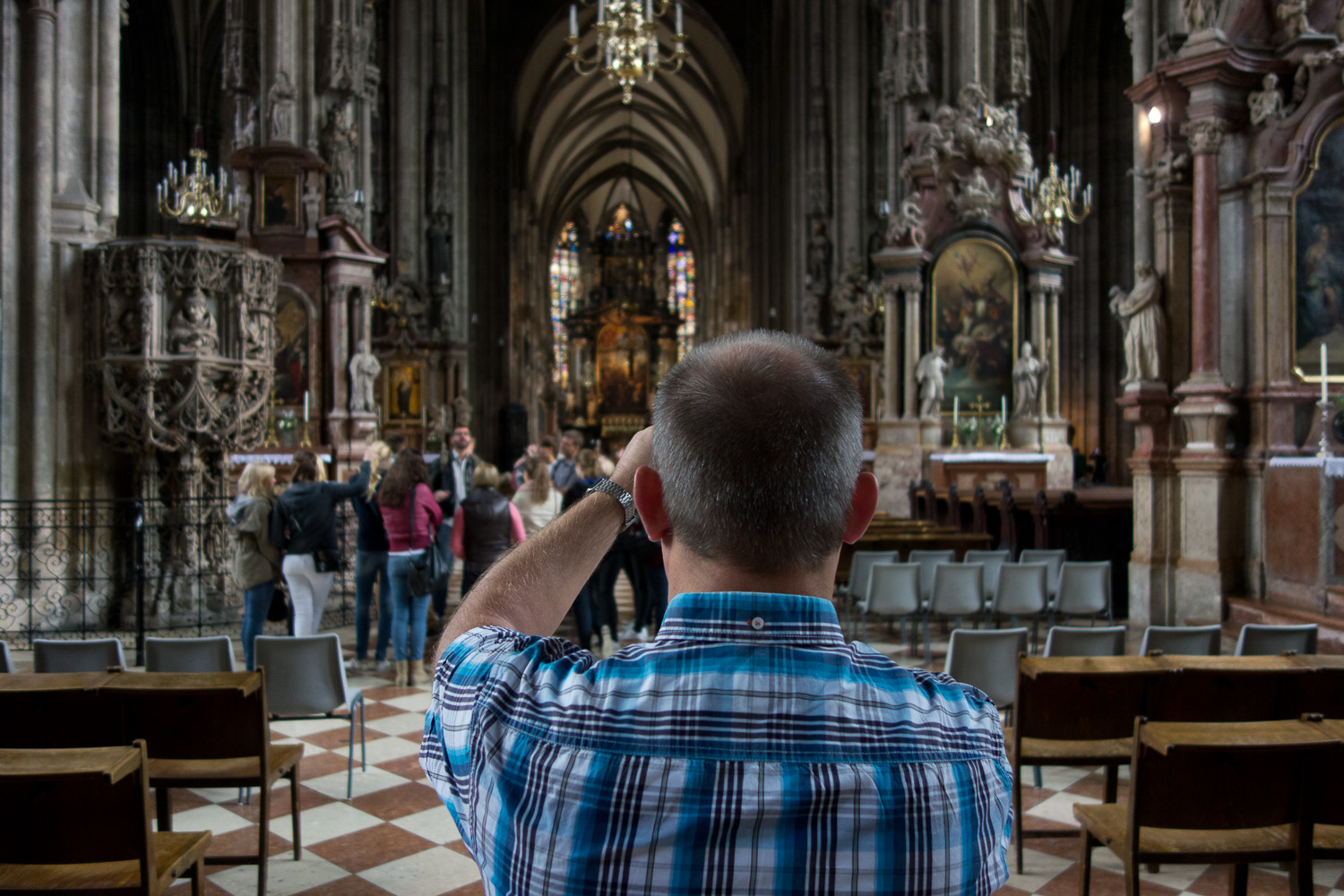 SONY DSC-RX100 (10.4mm, f/1.8, 1/30 sec, ISO400)
SONY DSC-RX100 (10.4mm, f/1.8, 1/30 sec, ISO400)
Above shot illustrates three things. First: The camera focuses quicker and better than my Fuji X100. It’s really fast in good light and still good enough in low light unless it becomes really dark. My Fuji X100 would really struggle to focus on the person in the image. With the RX100 it wasn’t an issue at all. Second: The kind of shallow depth of field you get from the Sony with the lens at it’s widest setting. Again of course it’s not like the 35L on my 5D but there is a certain level of subject to background separation you don’t get with other compact cameras. Third: The RX100 chooses to shoot wide open and to use a slow shutter speed of 1/30s to avoid higher ISO settings. Not the best solution but I ranted about that in my first part of the review already.
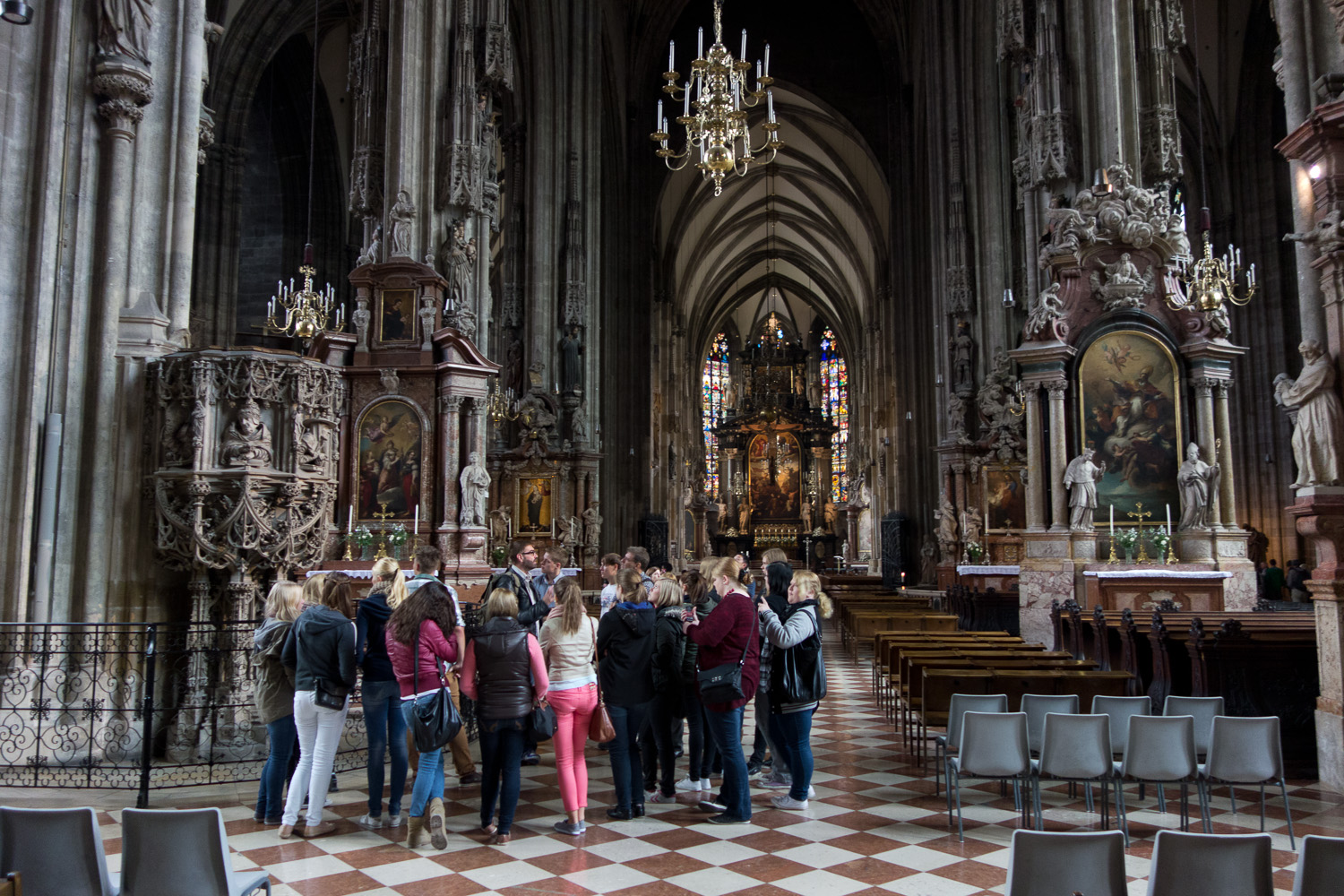 SONY DSC-RX100 (10.4mm, f/1.8, 1/30 sec, ISO400)
SONY DSC-RX100 (10.4mm, f/1.8, 1/30 sec, ISO400)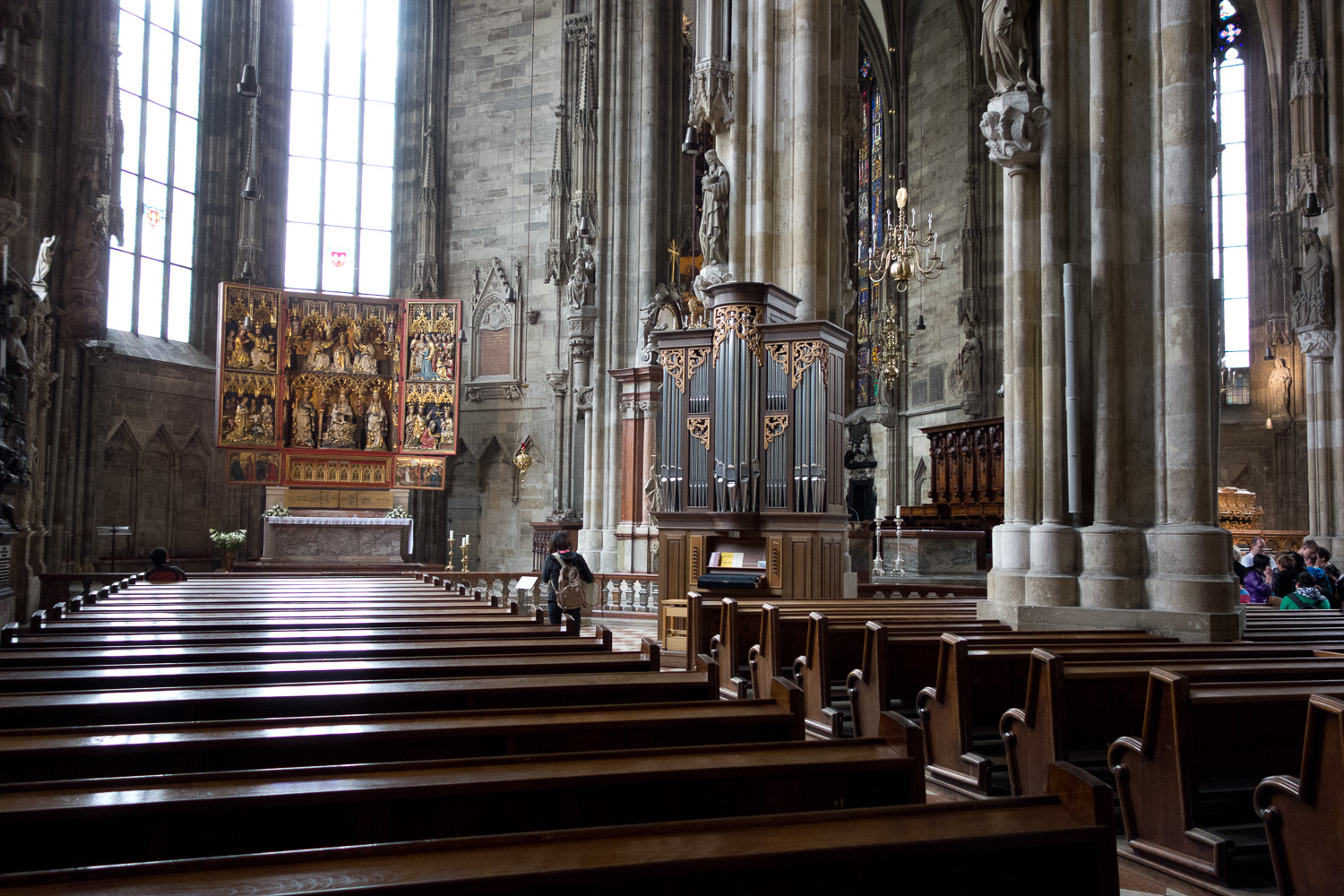 SONY DSC-RX100 (11.32mm, f/2.2, 1/40 sec, ISO800)
SONY DSC-RX100 (11.32mm, f/2.2, 1/40 sec, ISO800)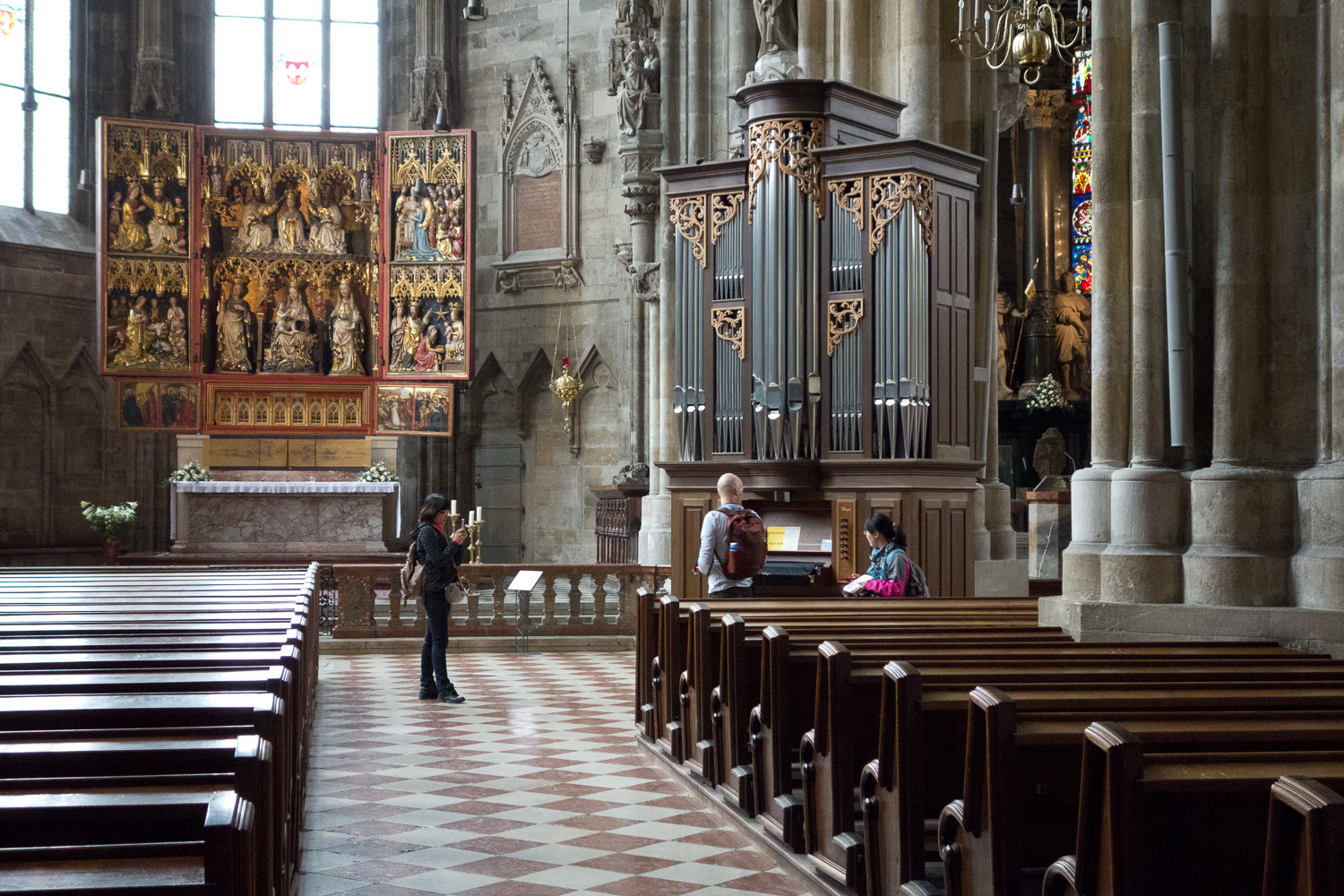 SONY DSC-RX100 (19.1mm, f/3.2, 1/60 sec, ISO2500)
SONY DSC-RX100 (19.1mm, f/3.2, 1/60 sec, ISO2500)
The lens is fast at it’s wide end but becomes rather slow as soon as you zoom in. The higher f-stops mean that the camera has to use higher ISO settings to avoid blurry shots caused by camera shake. The good thing is that noise is very well controlled, no smearing of details and most important that colors remain the same at high ISO settings.
Take a look at the last shot. It’s taken at 2500ASA! Colors are exactly the same as in the shot taken at 800ASA. To me that’s a really impressive results. Almost all older generation DSLRs would struggle to get such results. There were a lot of picture taking tourists inside the cathedral. Beside the smartphone users there is still a substantial amount of people that use more serious cameras. It’s strange to realize that in case that if they don’t shoot a latest generation DSLR I got the better low light camera even though it looks like a compact.
I remember when the Sony NEX 5 was new. I was at the Monterey Aquarium and a guy asked me about the camera because he wasn’t able to get good shots with his DSLR. He was stunned when I told him that it’s not a problem to use 3200ASA. He simply couldn’t believe it until I zoomed into the images and showed him the level of detail. I think I sold somebody for the NEX system that day. With the RX100 this effect is even stronger as the camera is much smaller and the sensor is much smaller too.
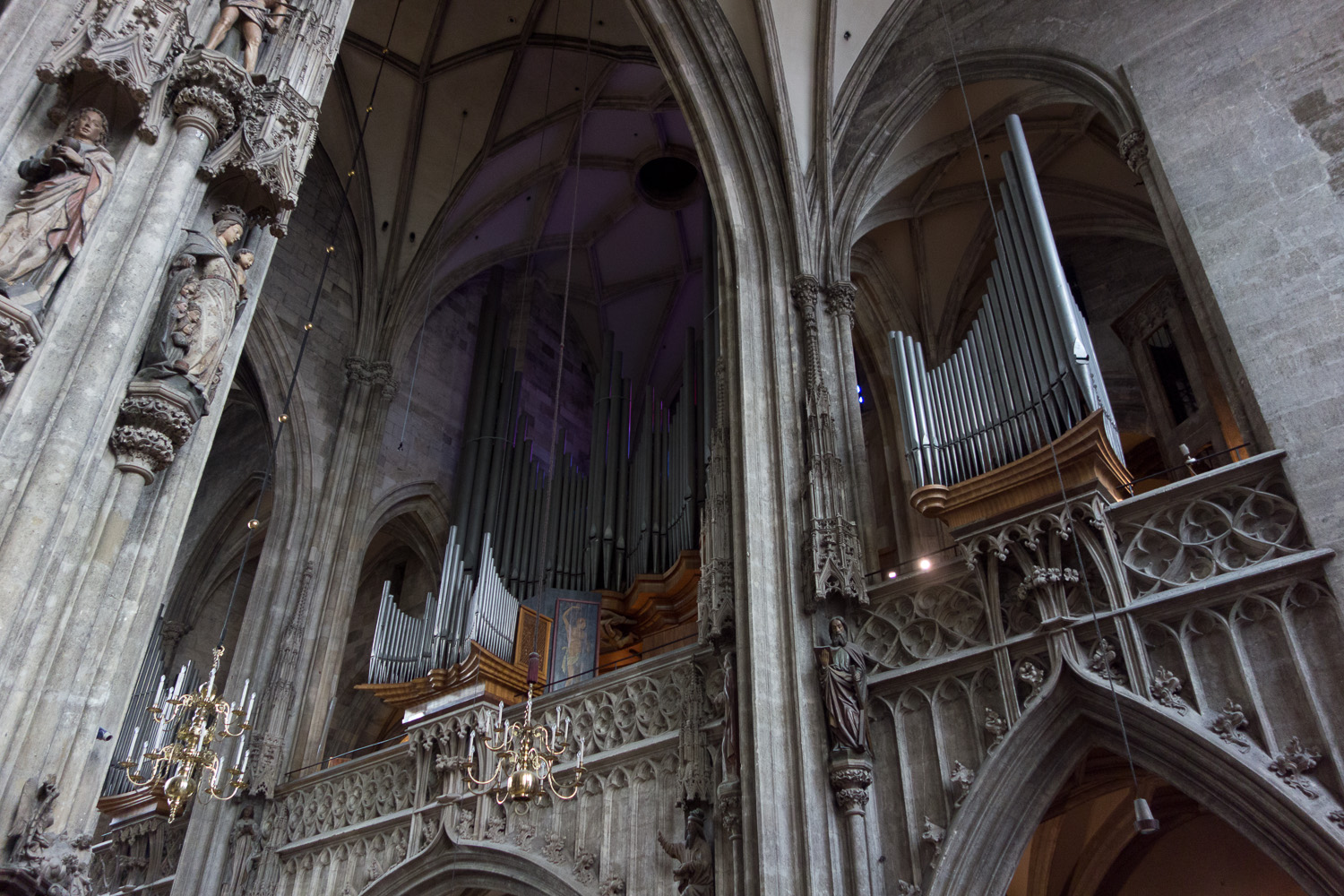 SONY DSC-RX100 (10.4mm, f/1.8, 1/30 sec, ISO500)
SONY DSC-RX100 (10.4mm, f/1.8, 1/30 sec, ISO500)
After the cathedral I went to the museum to continue.
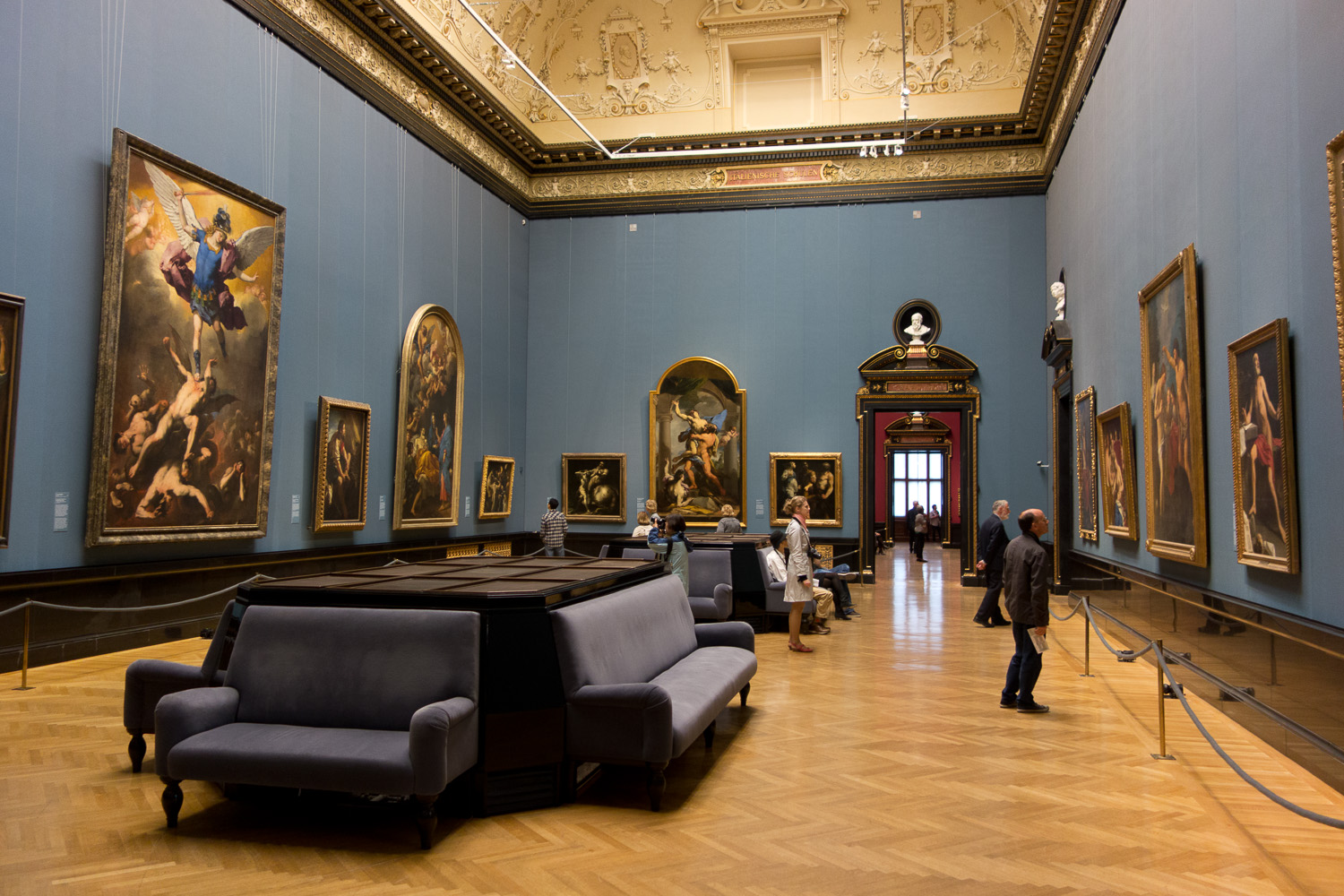 SONY DSC-RX100 (10.4mm, f/1.8, 1/30 sec, ISO320)
SONY DSC-RX100 (10.4mm, f/1.8, 1/30 sec, ISO320)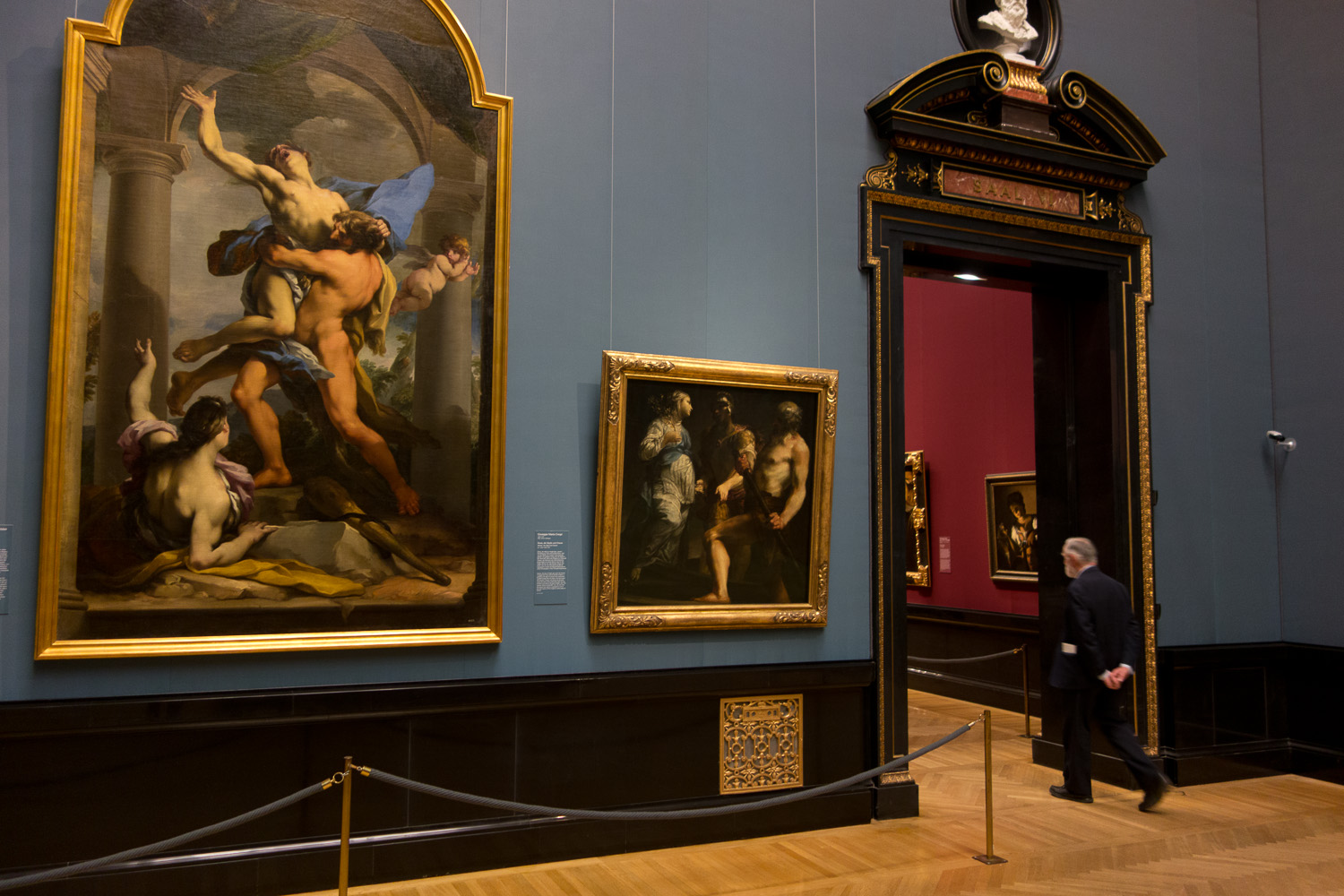 SONY DSC-RX100 (10.4mm, f/1.8, 1/30 sec, ISO320)
SONY DSC-RX100 (10.4mm, f/1.8, 1/30 sec, ISO320)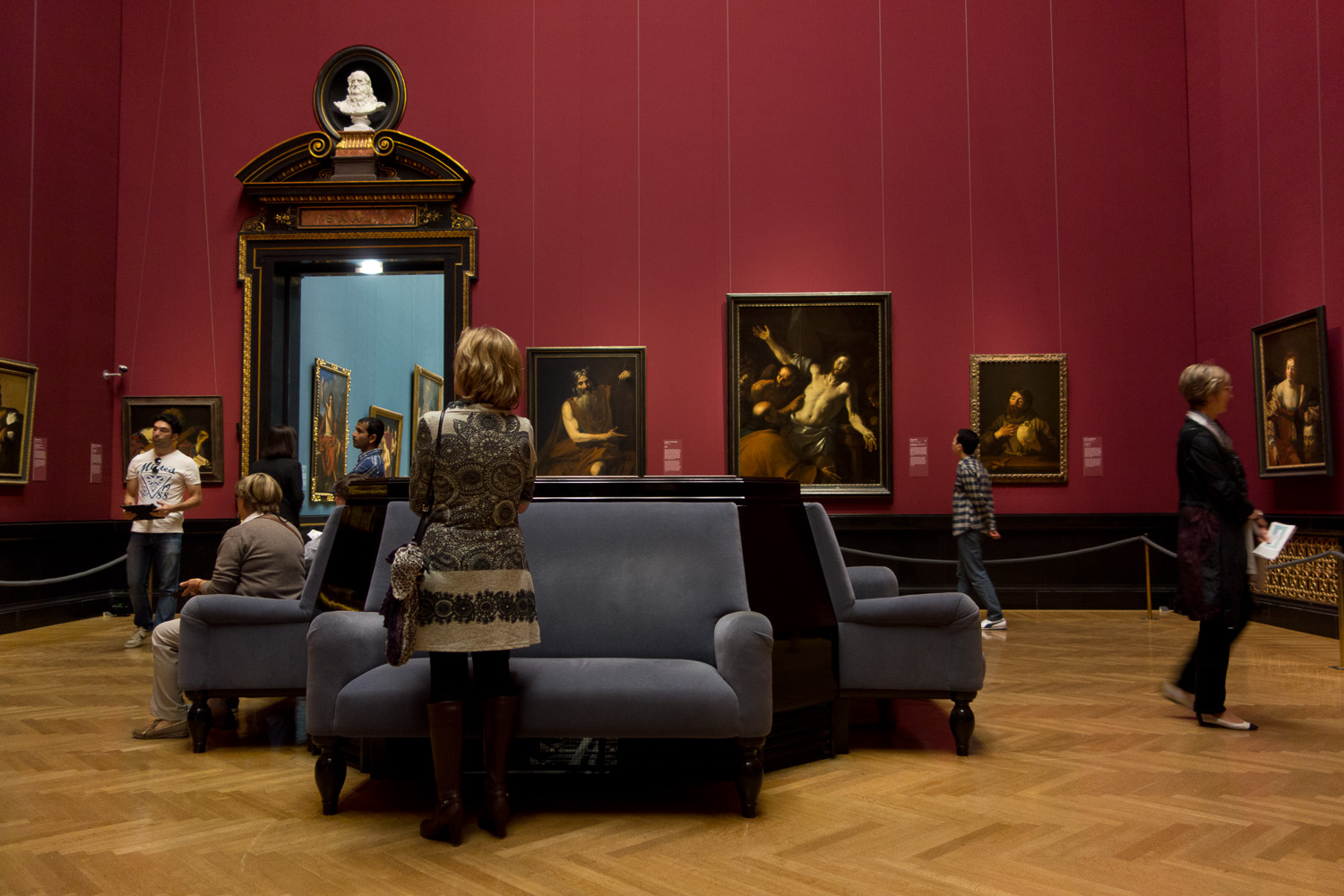 SONY DSC-RX100 (10.4mm, f/1.8, 1/30 sec, ISO400)
SONY DSC-RX100 (10.4mm, f/1.8, 1/30 sec, ISO400)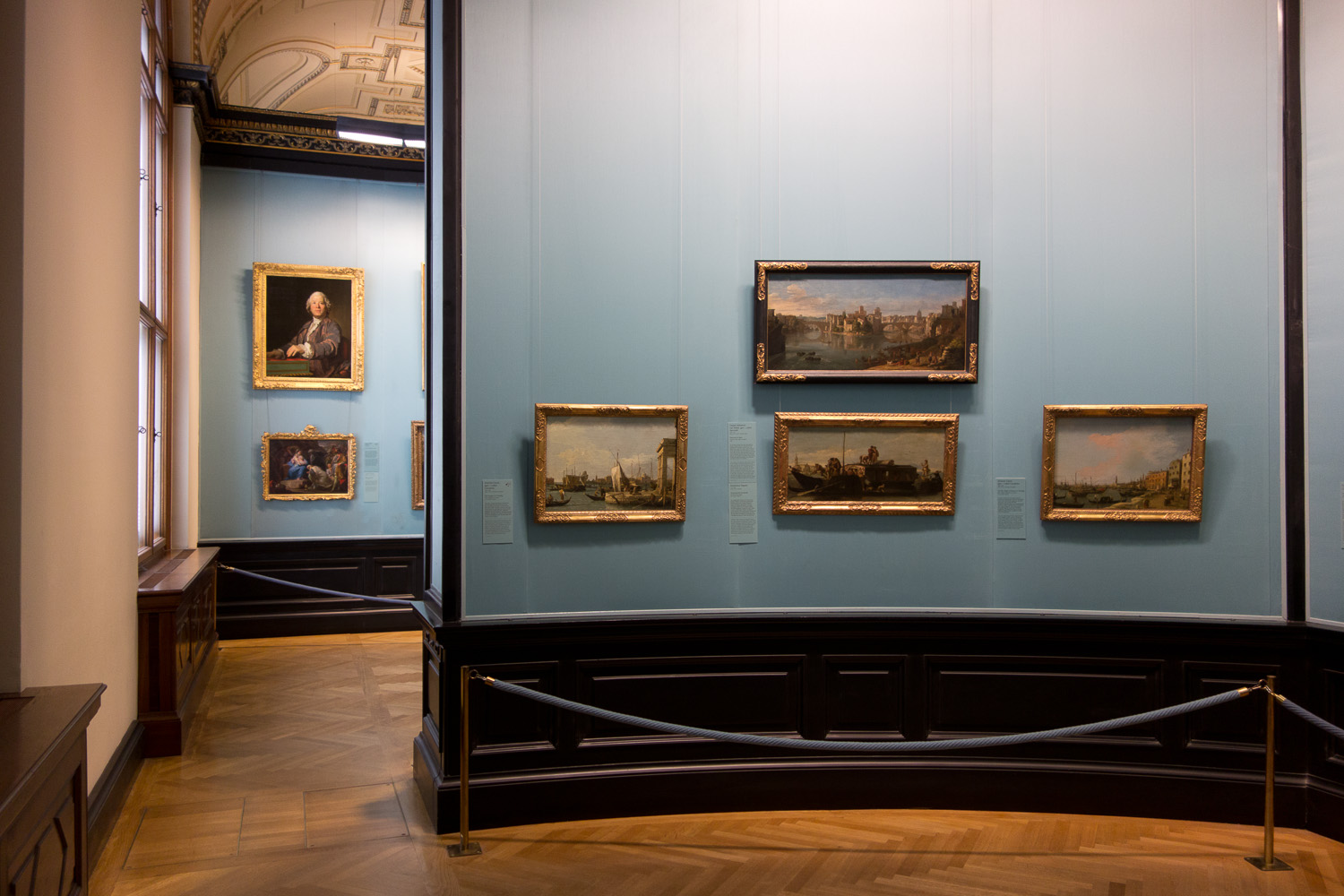 SONY DSC-RX100 (10.4mm, f/1.8, 1/30 sec, ISO250)
SONY DSC-RX100 (10.4mm, f/1.8, 1/30 sec, ISO250)
What’s obvious from these first shots it that the colors are great and despite the low light ISO settings are low. But there is a price to pay for low ISO settings. The lens isn’t sharp at outer corners wide open and there is a risk of camera shake at 1/30s if you don’t take care.
Here are two samples: These shots are not critical sharp because of camera shake and wide open lens. Still good enough for web and smaller prints.
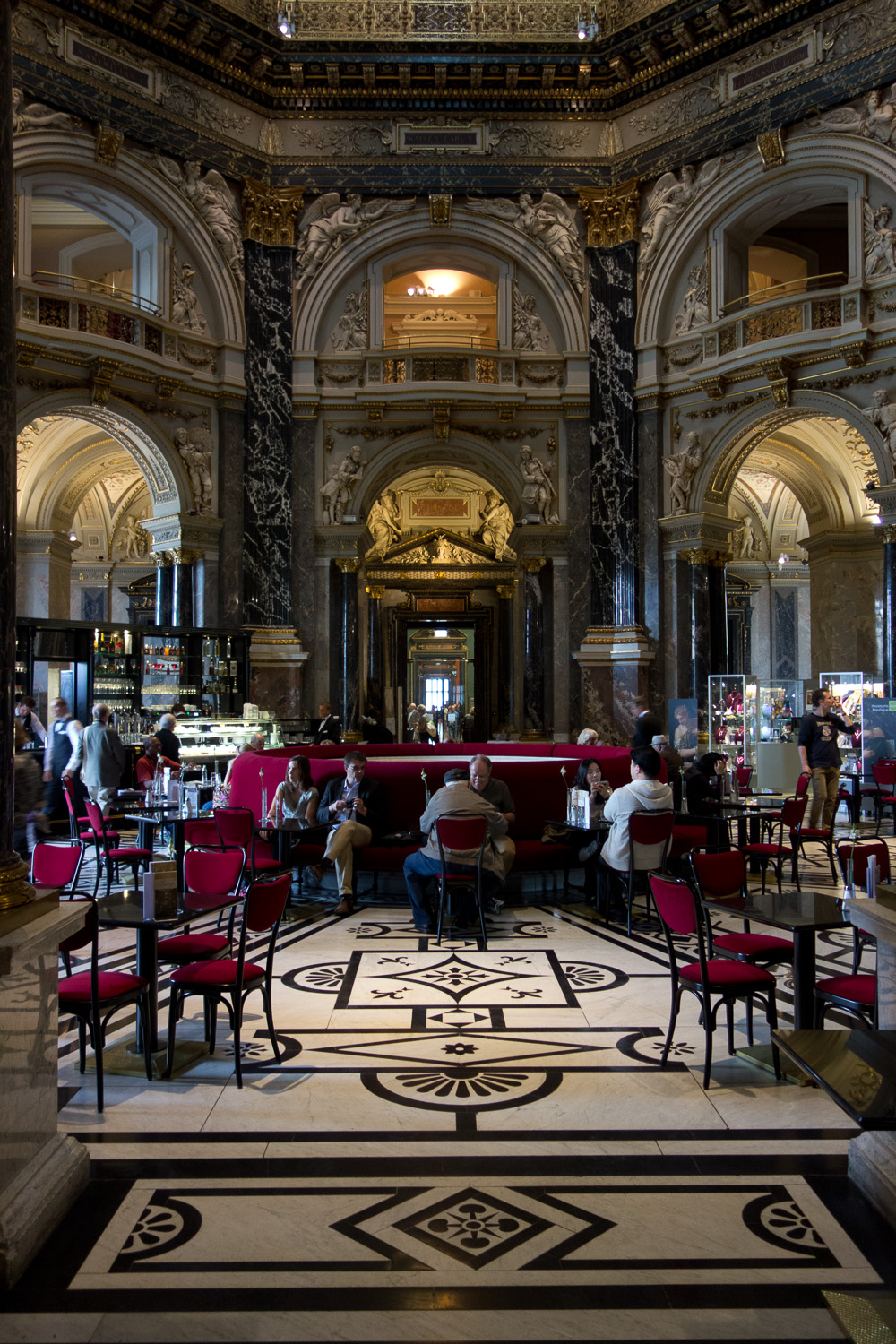 SONY DSC-RX100 (10.4mm, f/1.8, 1/30 sec, ISO400)
SONY DSC-RX100 (10.4mm, f/1.8, 1/30 sec, ISO400)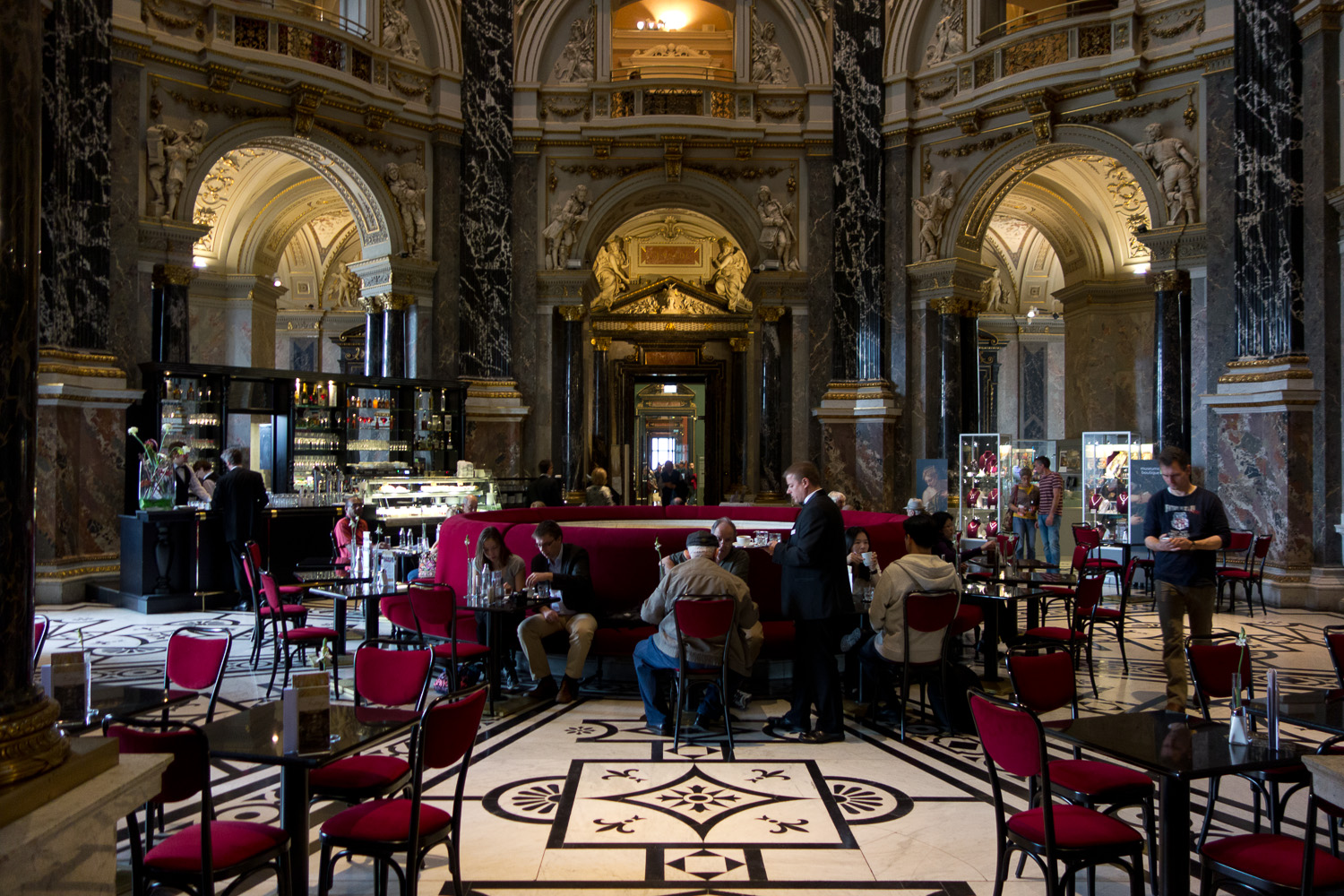 SONY DSC-RX100 (10.4mm, f/1.8, 1/30 sec, ISO320)
SONY DSC-RX100 (10.4mm, f/1.8, 1/30 sec, ISO320)
But the colors great and white balance is impressive like in the shots below:
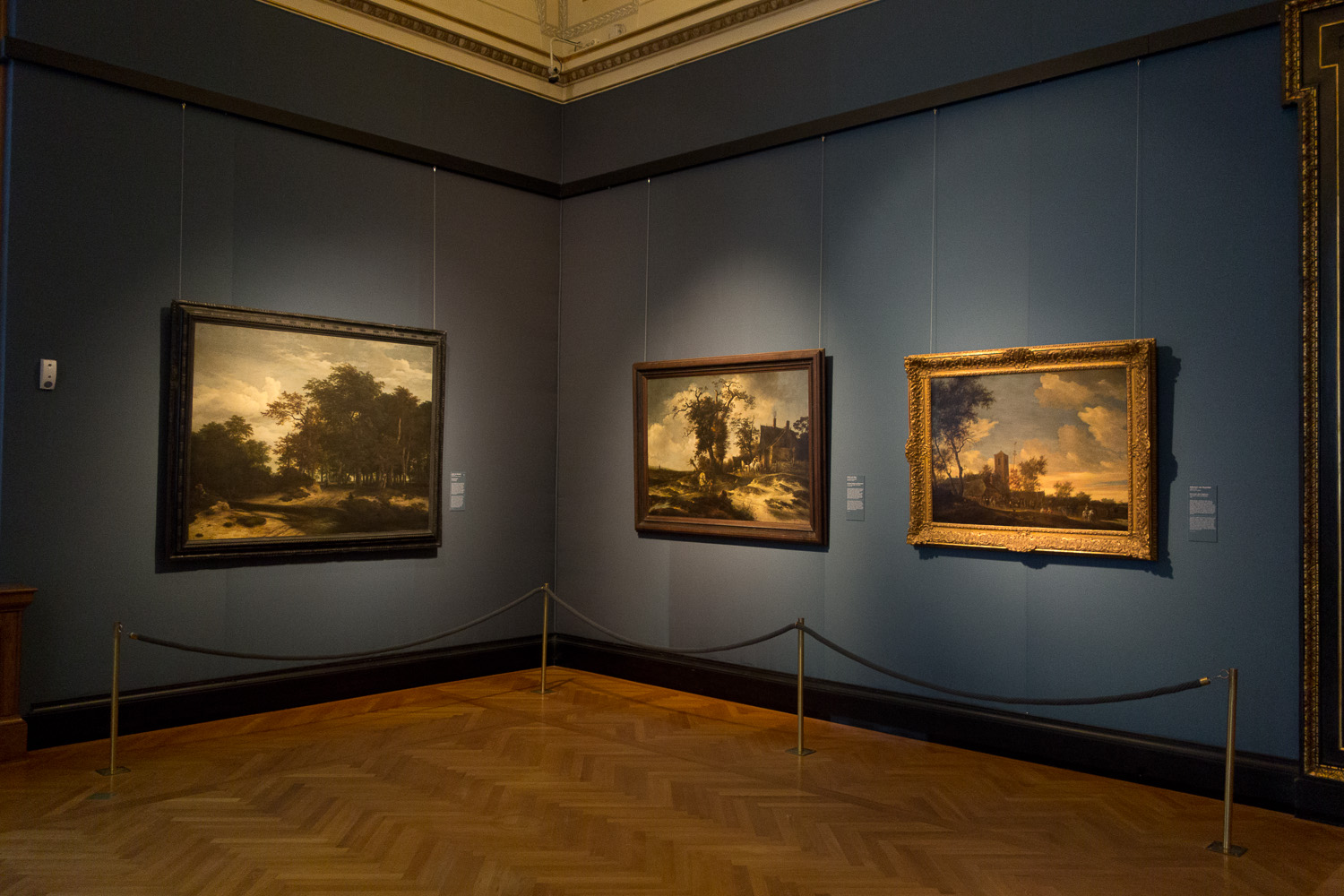 SONY DSC-RX100 (10.4mm, f/2.2, 1/30 sec, ISO1000)
SONY DSC-RX100 (10.4mm, f/2.2, 1/30 sec, ISO1000) SONY DSC-RX100 (10.4mm, f/2.2, 1/30 sec, ISO500)
SONY DSC-RX100 (10.4mm, f/2.2, 1/30 sec, ISO500)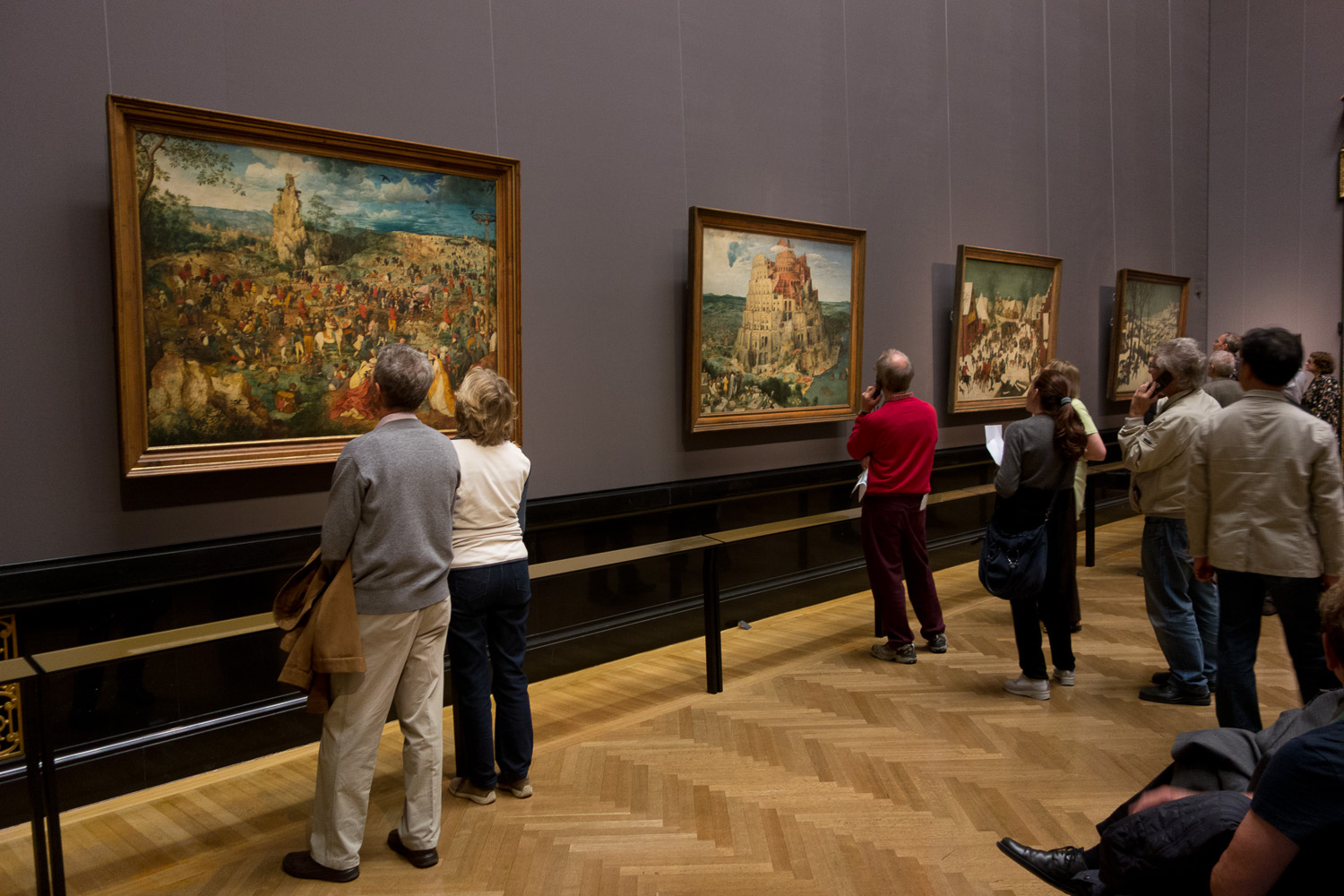 SONY DSC-RX100 (10.4mm, f/2.2, 1/30 sec, ISO500)
SONY DSC-RX100 (10.4mm, f/2.2, 1/30 sec, ISO500)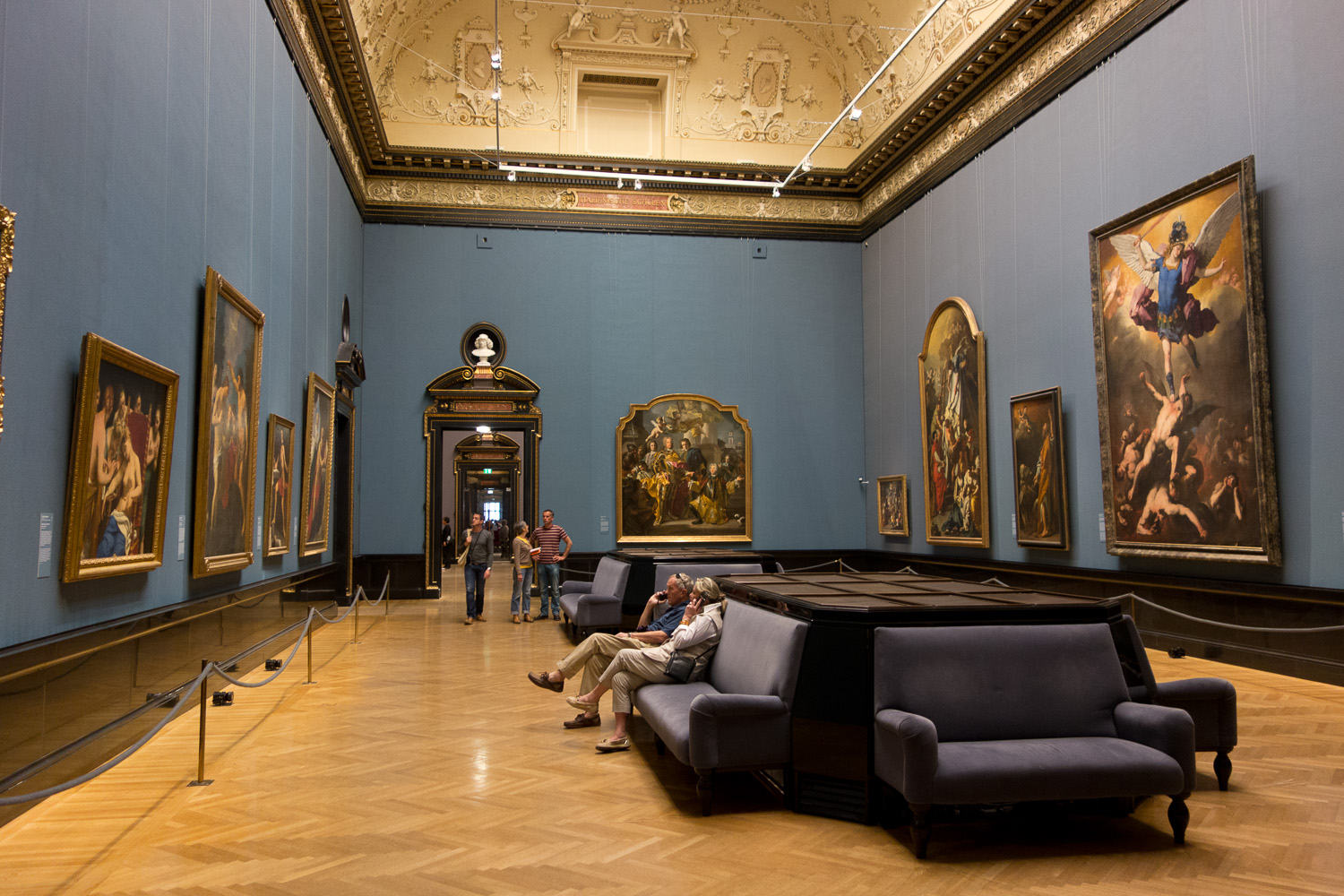 SONY DSC-RX100 (10.4mm, f/2.2, 1/30 sec, ISO500)
SONY DSC-RX100 (10.4mm, f/2.2, 1/30 sec, ISO500)
And here is a series of shots I have taken at different ISO settings. I have chosen a subject with lot’s of details in the corners. It’s rather rare to find such subjects in real life. Most of the time the subject is in the center. These shots are there to show what the camera can do at higher ISO settings but the first shots also shows that there are unsharp outer corners when the lens is used wide open.
With the experience I gained from this first shooting I would use a shutter speed of 1/50s or faster and a aperture of f2.8 for these images to avoid unsharp corners and camera shake. But that’s the reason why you have to learn to use new equipment to get the best possible quality.
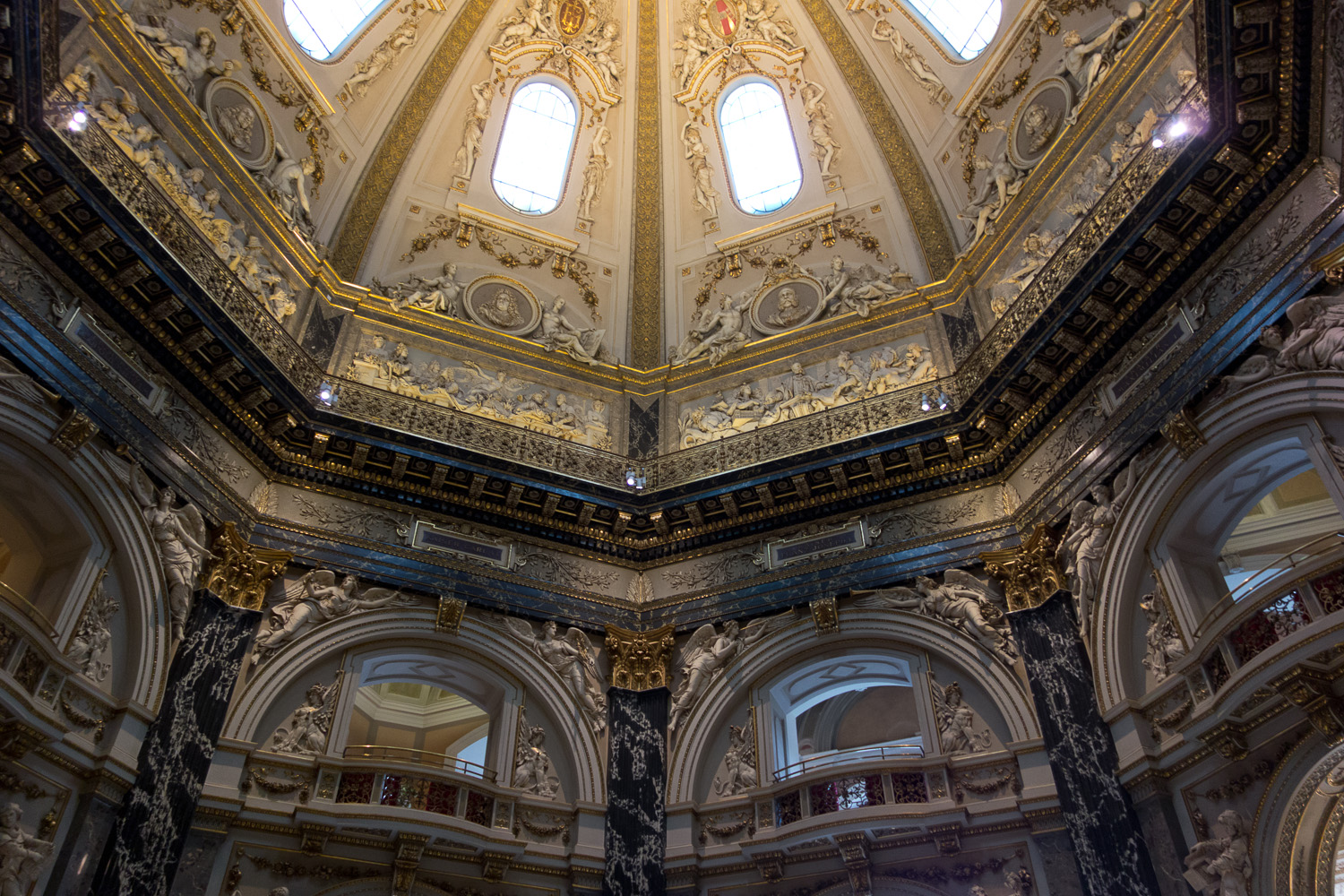 SONY DSC-RX100 (10.4mm, f/1.8, 1/30 sec, ISO400)
SONY DSC-RX100 (10.4mm, f/1.8, 1/30 sec, ISO400)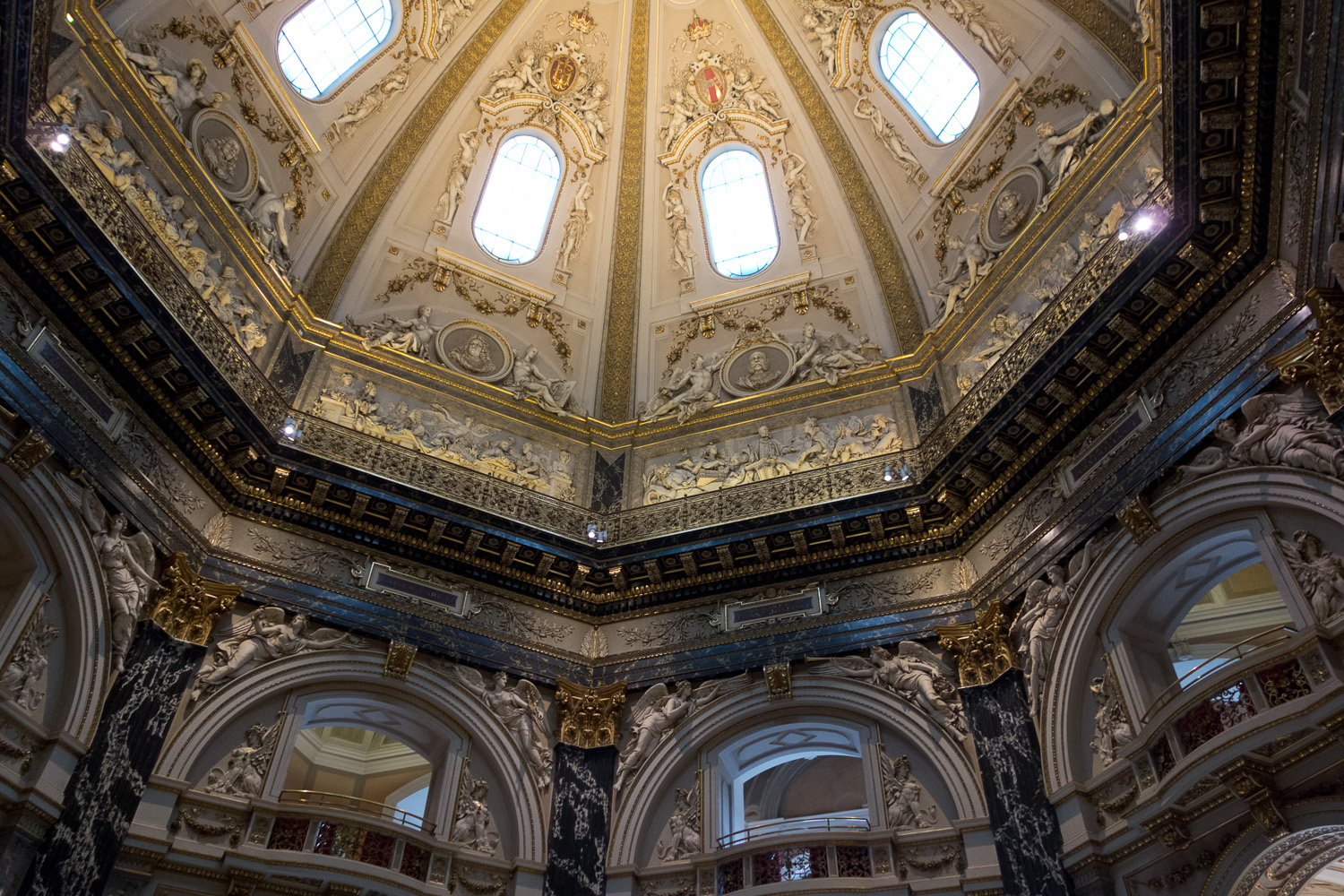 SONY DSC-RX100 (10.4mm, f/2.5, 1/30 sec, ISO800)
SONY DSC-RX100 (10.4mm, f/2.5, 1/30 sec, ISO800)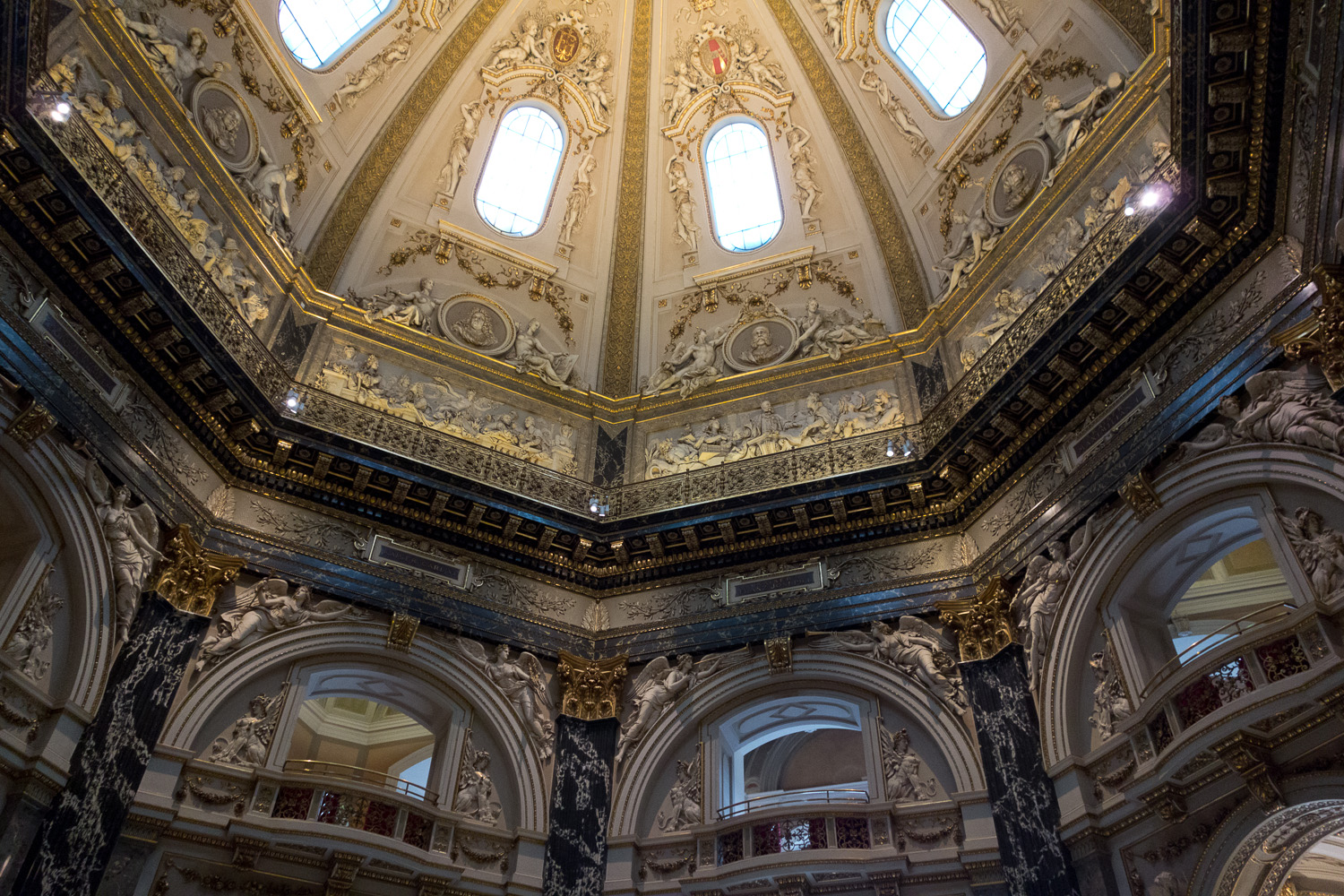 SONY DSC-RX100 (10.4mm, f/3.2, 1/30 sec, ISO1250)
SONY DSC-RX100 (10.4mm, f/3.2, 1/30 sec, ISO1250)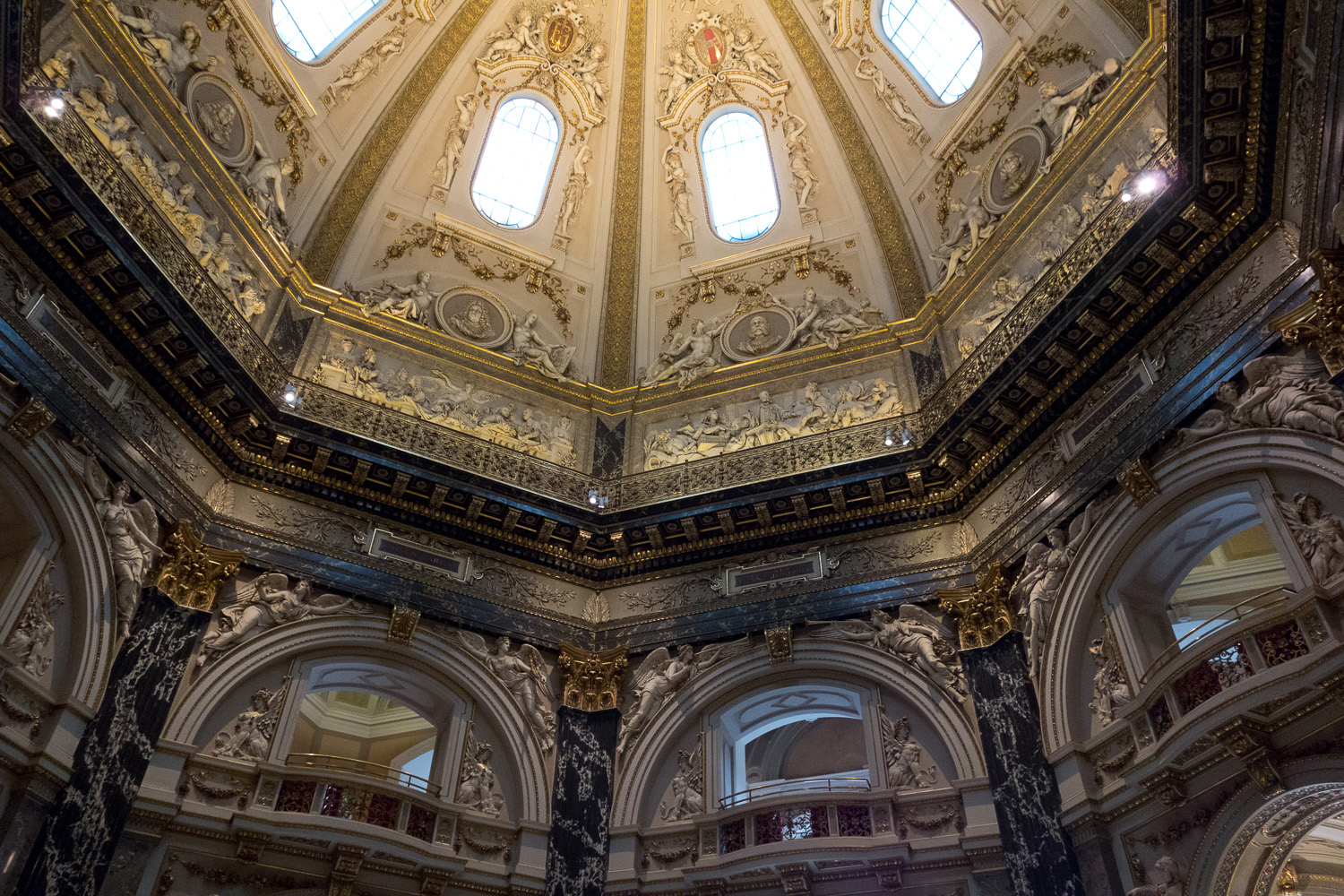 SONY DSC-RX100 (10.4mm, f/4, 1/30 sec, ISO2000)
SONY DSC-RX100 (10.4mm, f/4, 1/30 sec, ISO2000)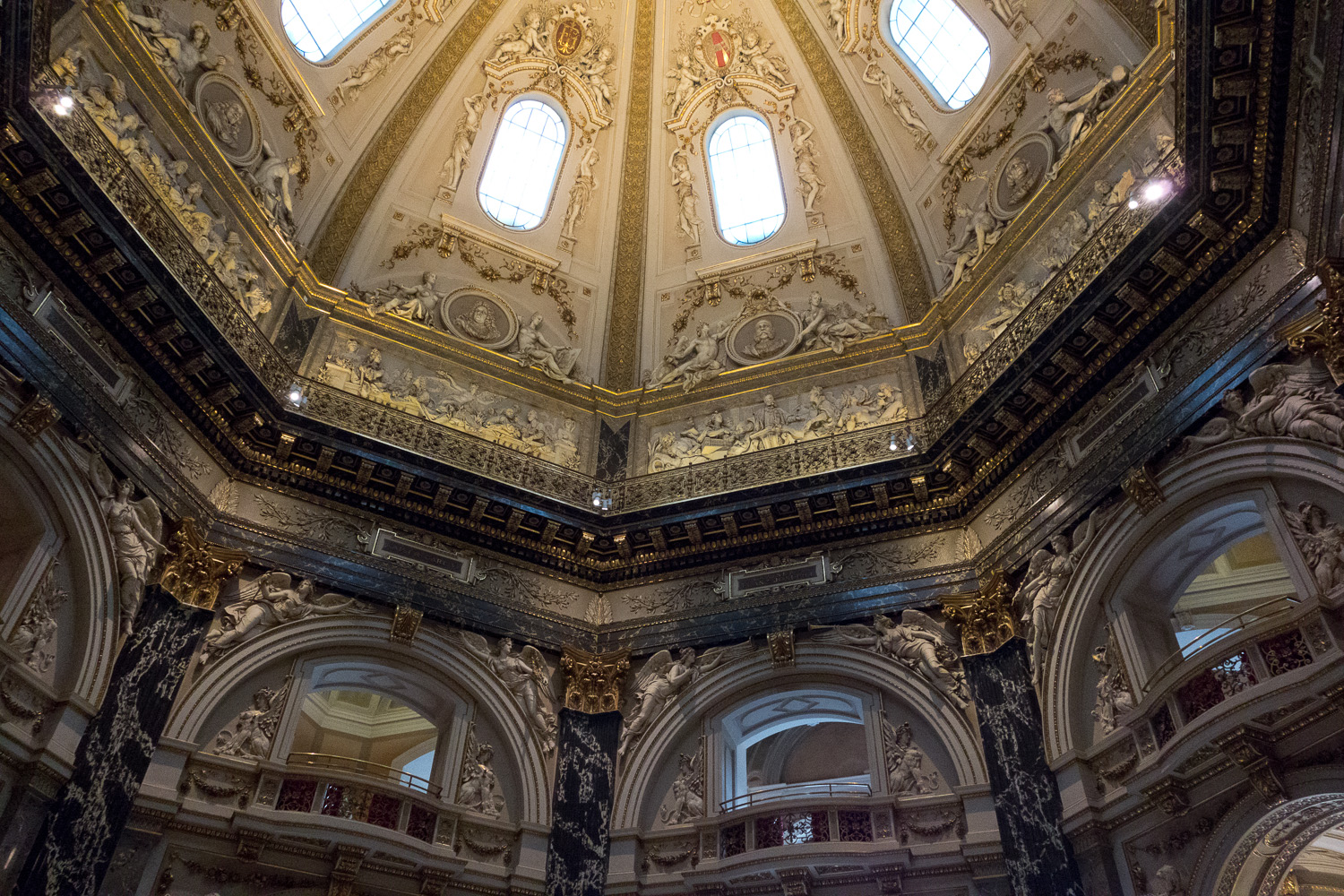 SONY DSC-RX100 (10.4mm, f/5, 1/30 sec, ISO3200)
SONY DSC-RX100 (10.4mm, f/5, 1/30 sec, ISO3200)
As mentioned above I should have used 1/50s or faster to avoid camera shake. I don’t want to show crops of all images because the 1250ASA shot looks sharper than the 400ASA one and that’s a result of either aperture and or camera shake or most likely a result of both but I here is a crop of the 3200ASA shot. Once again there is no noise reduction on the files and we are talking about pixel level on a 20MP compact:
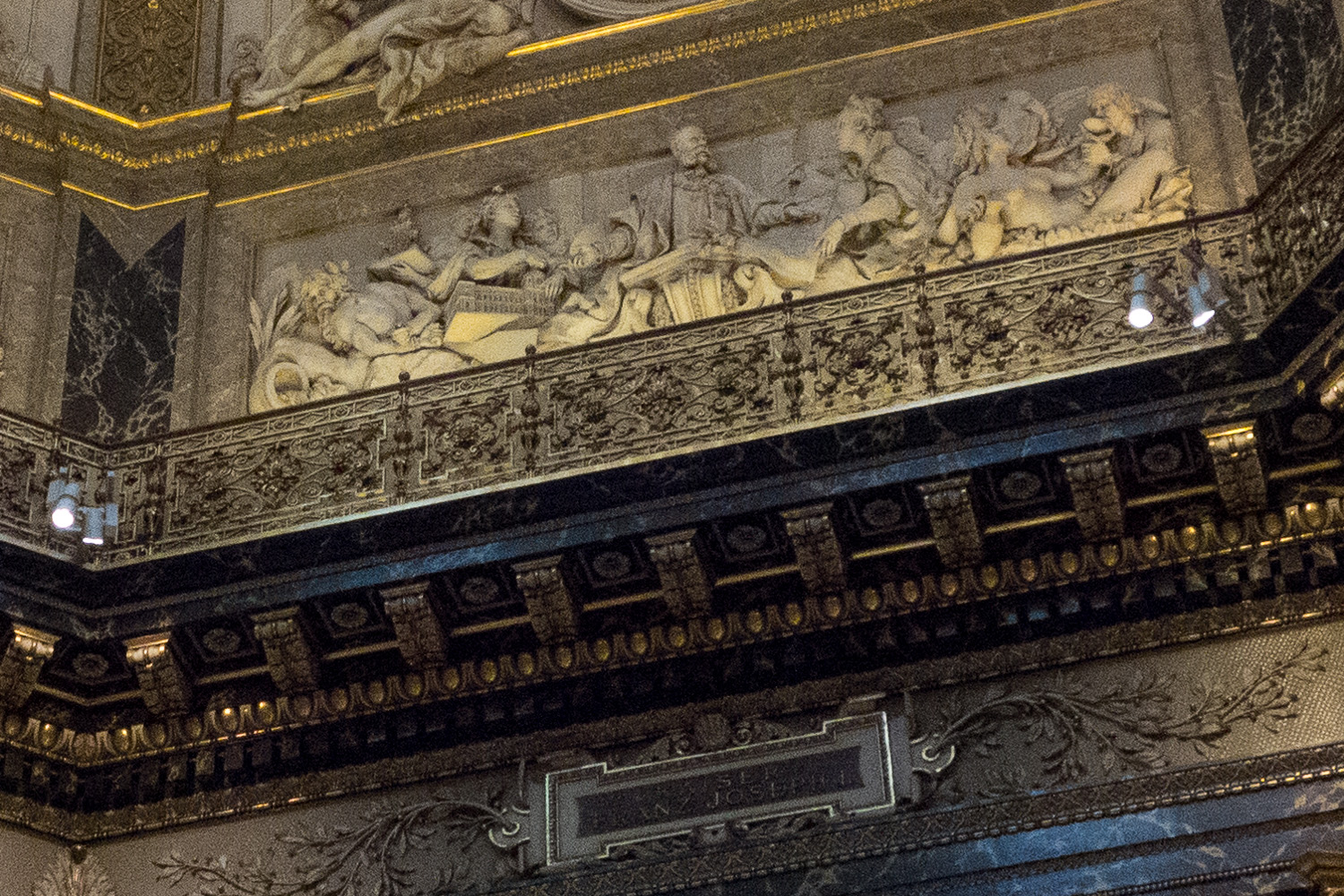 SONY DSC-RX100 (10.4mm, f/5, 1/30 sec, ISO3200)
SONY DSC-RX100 (10.4mm, f/5, 1/30 sec, ISO3200)
Even in the low contrast parts there is plenty of detail left. Impressive! A couple of years ago such quality of detail was unthinkable even for DSLRs.
to be continued. There will be lot’s of high ISO shots taken in the Nature History Museum and there will be some outdoor shots and portraits too.
